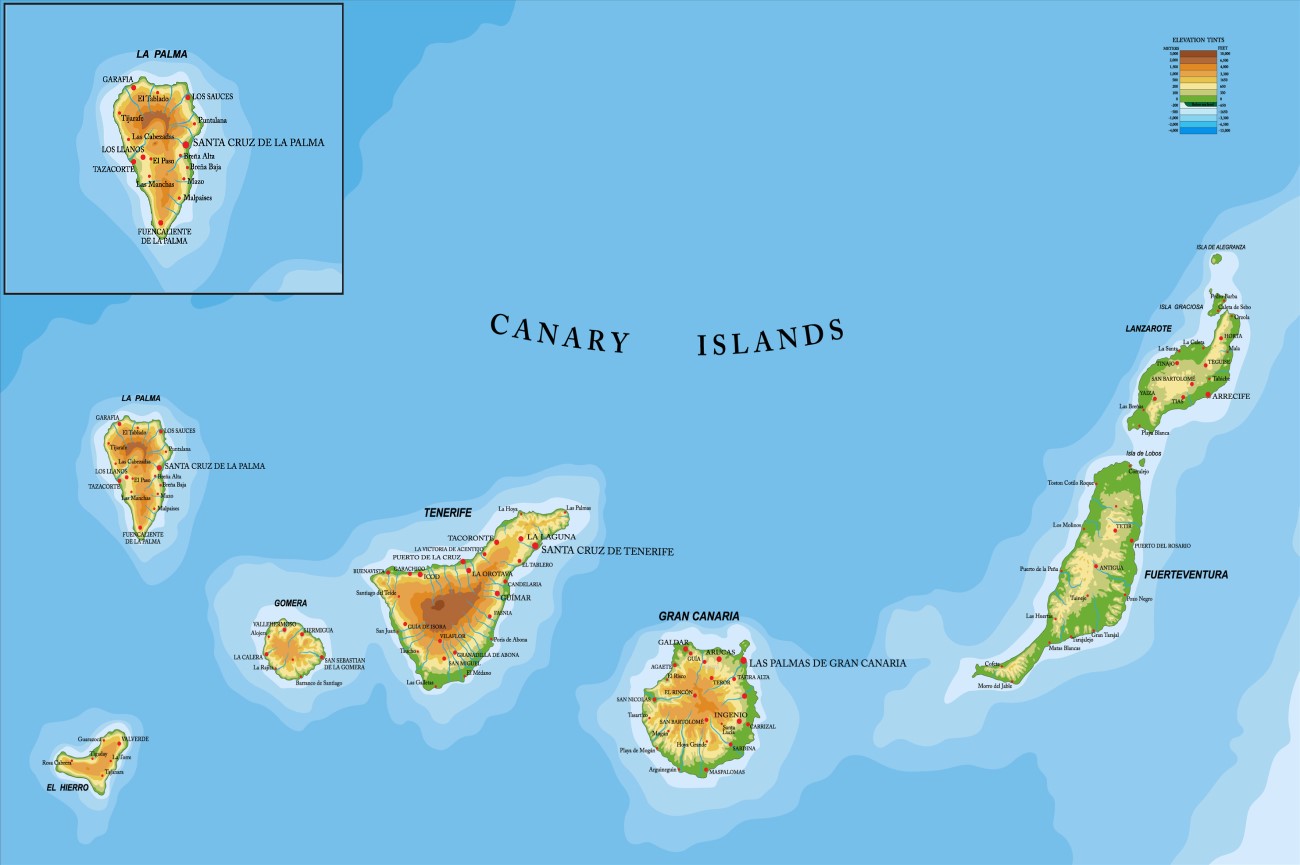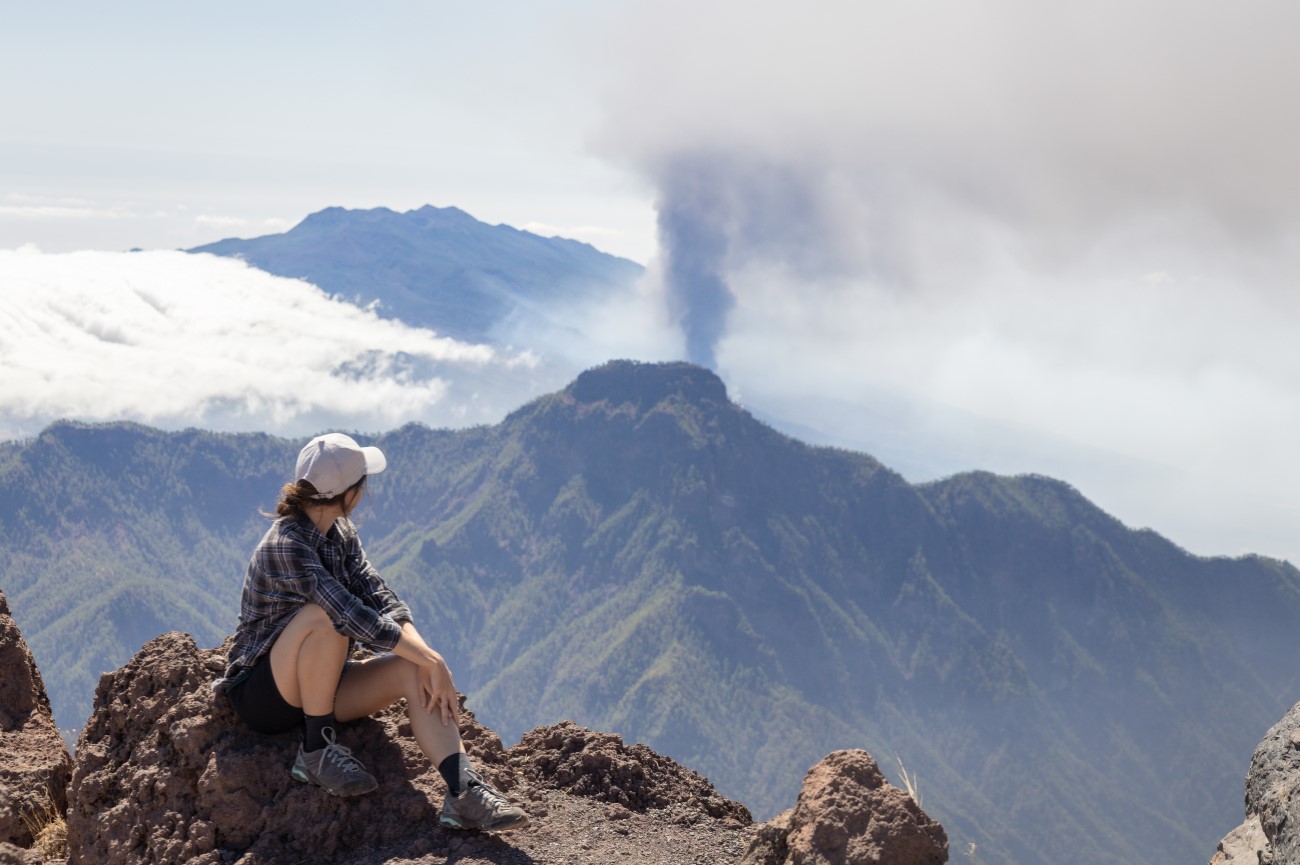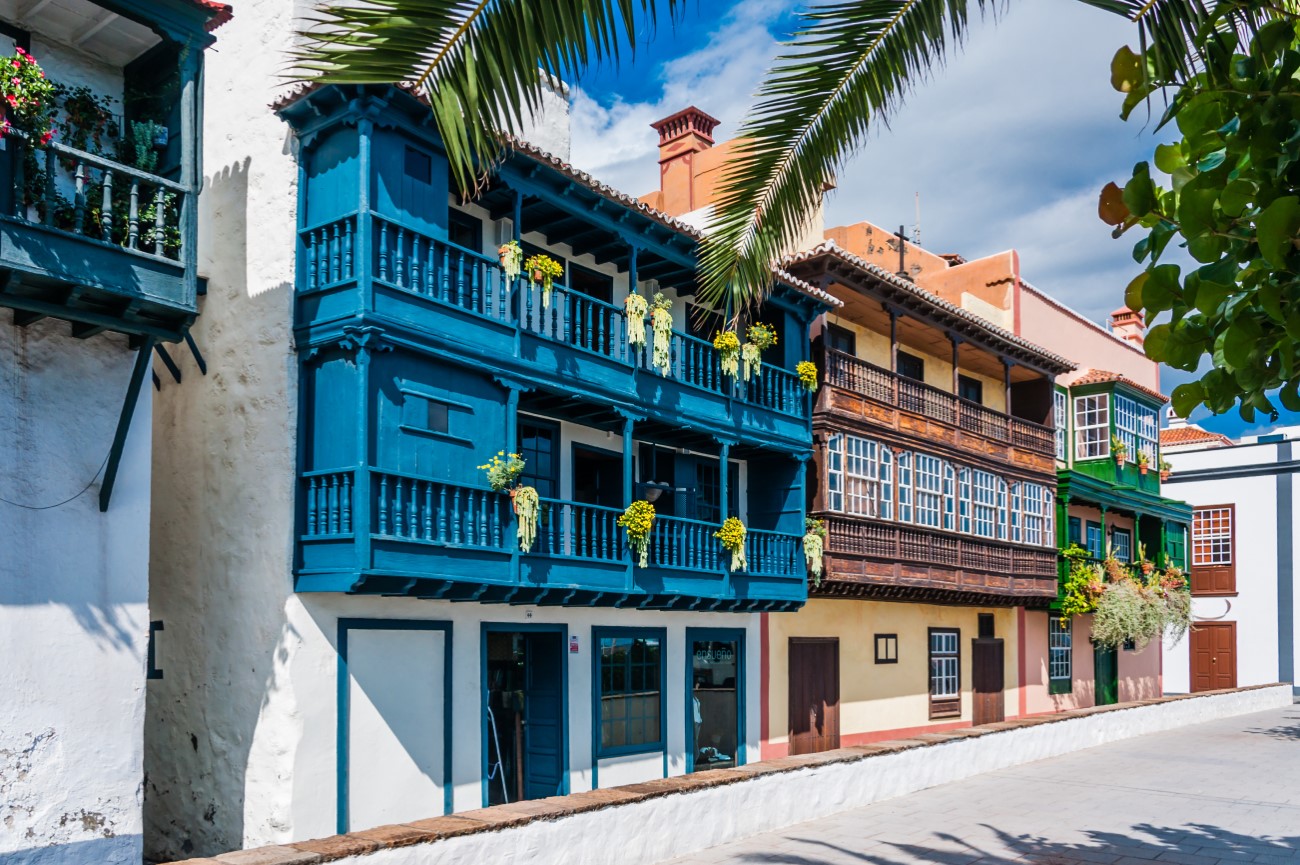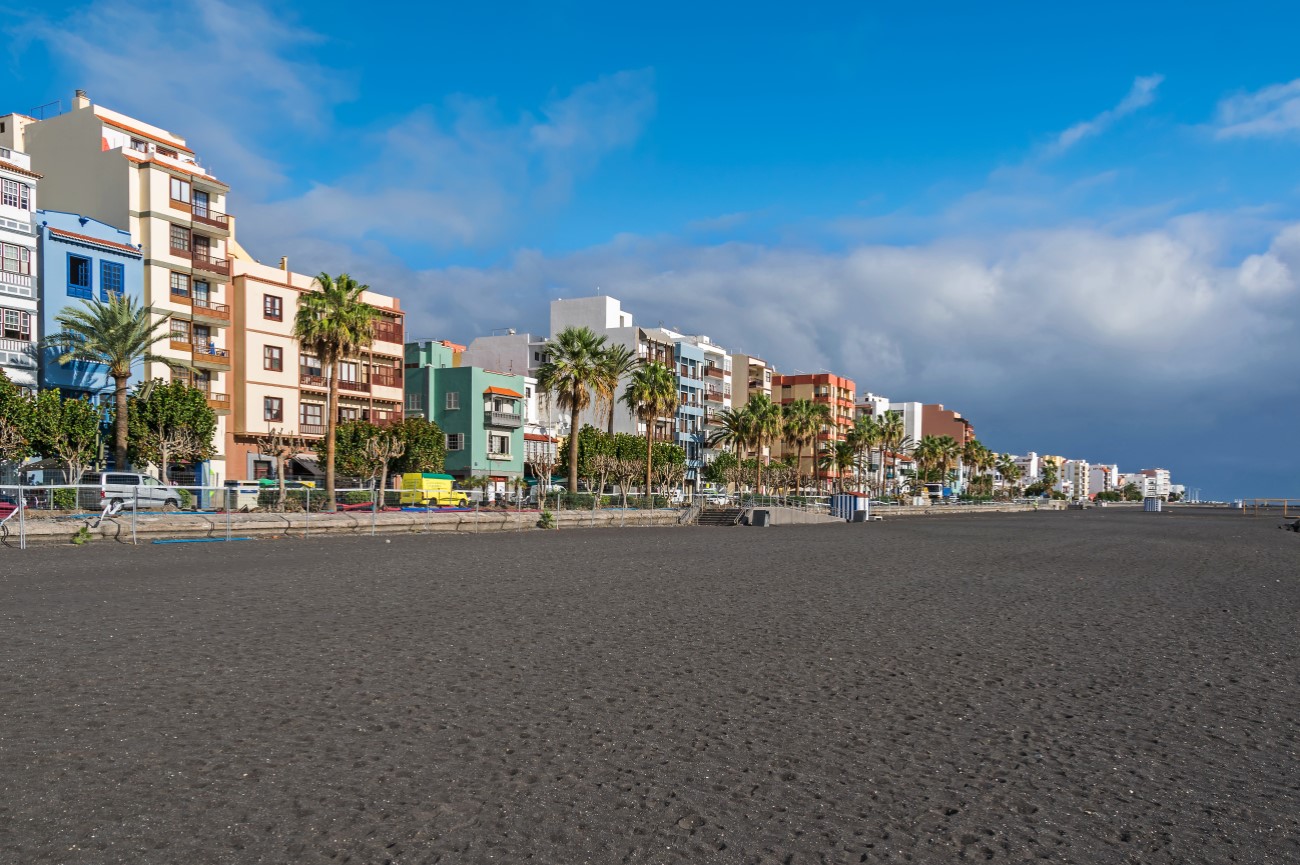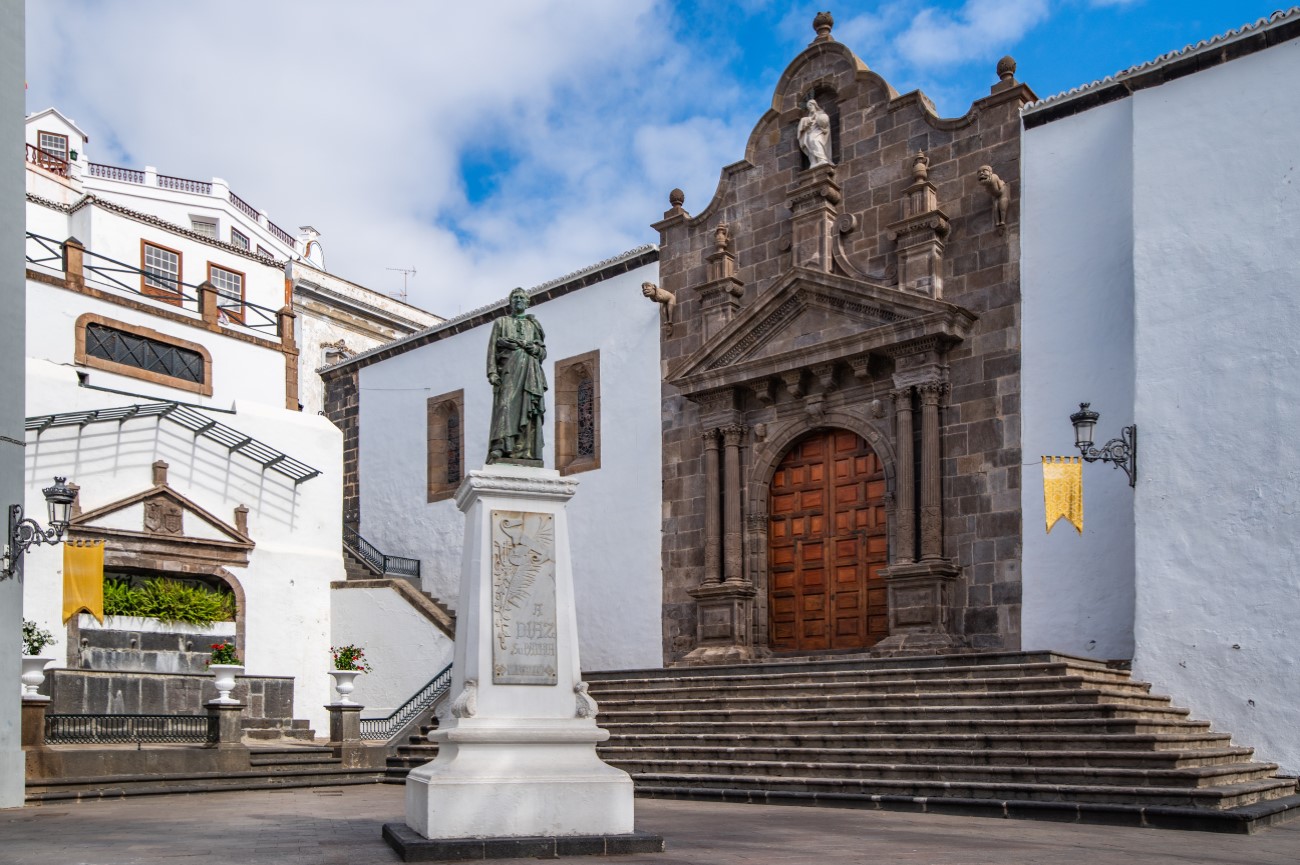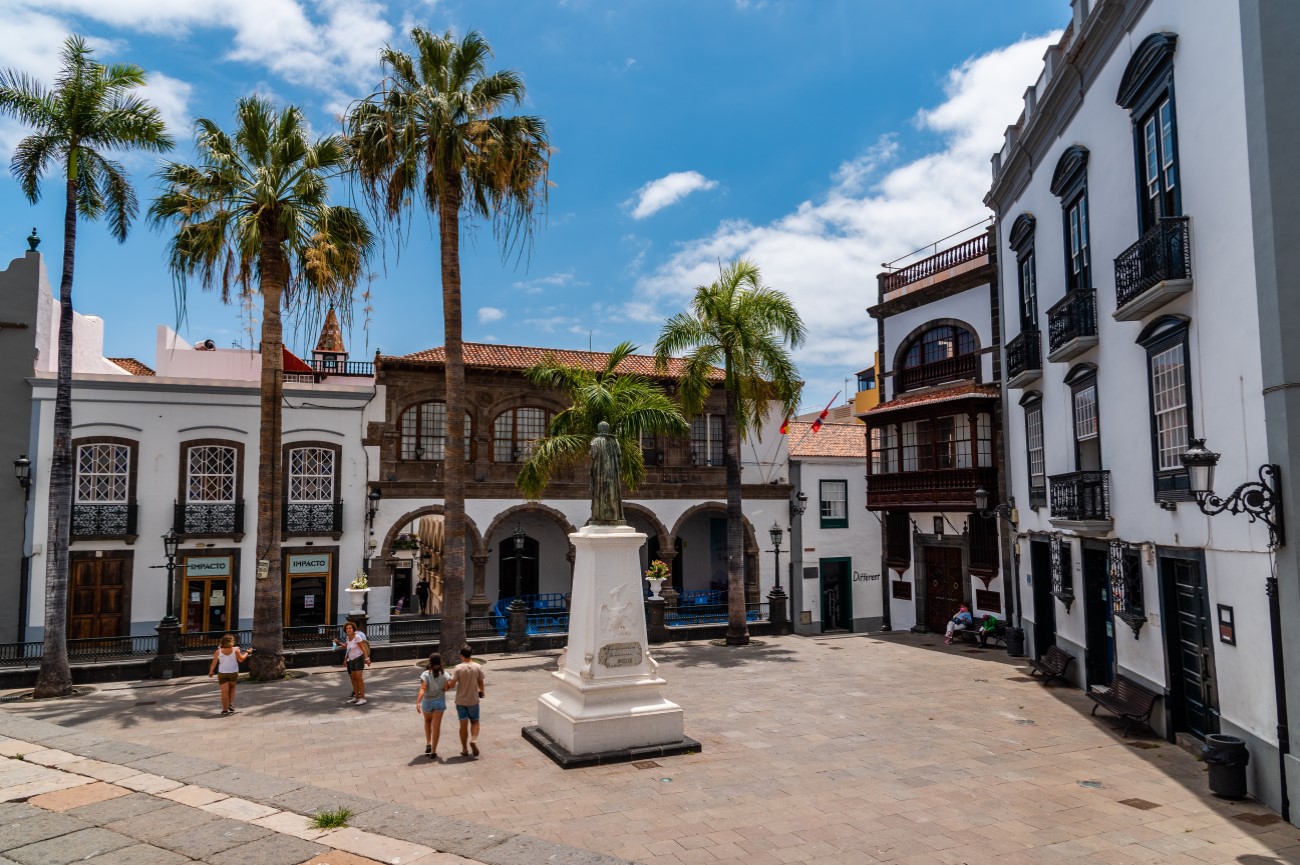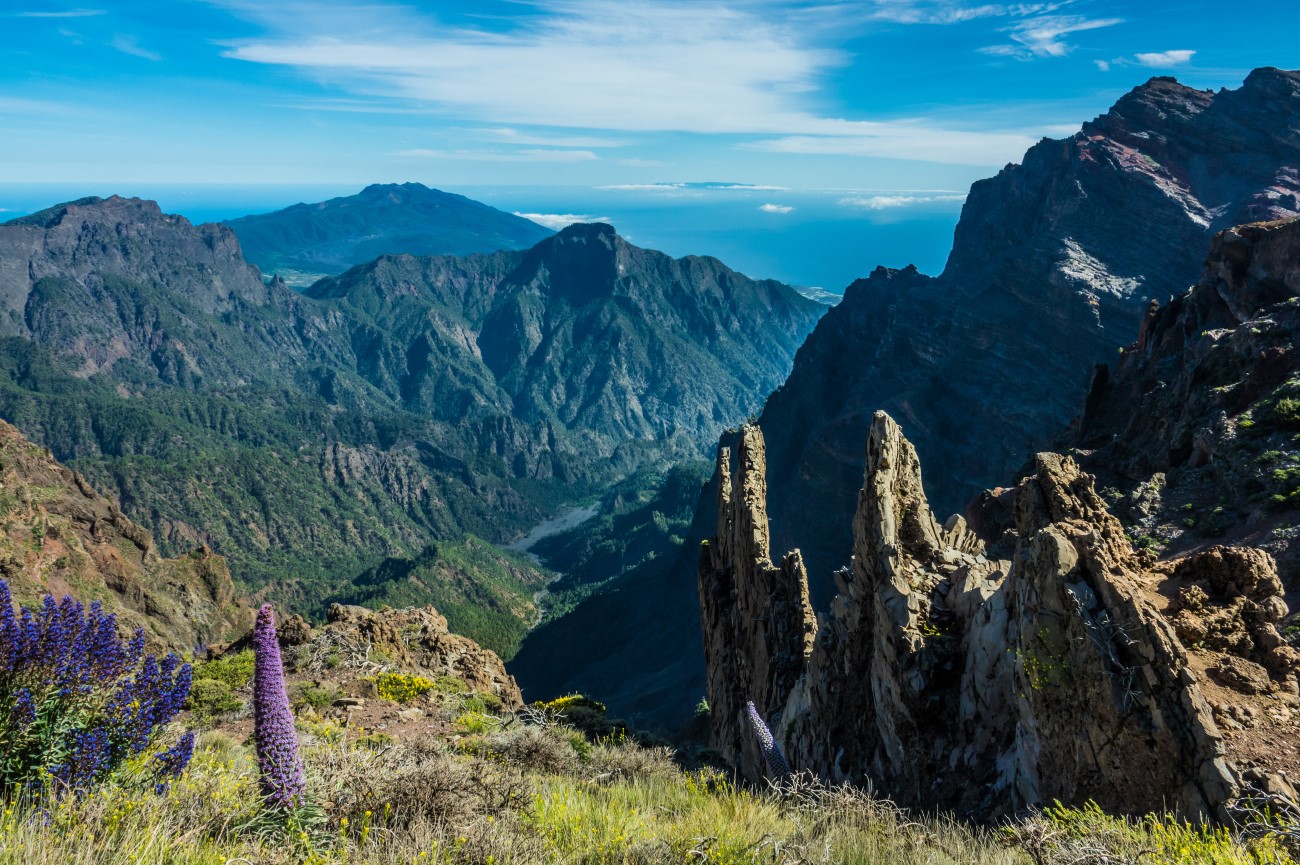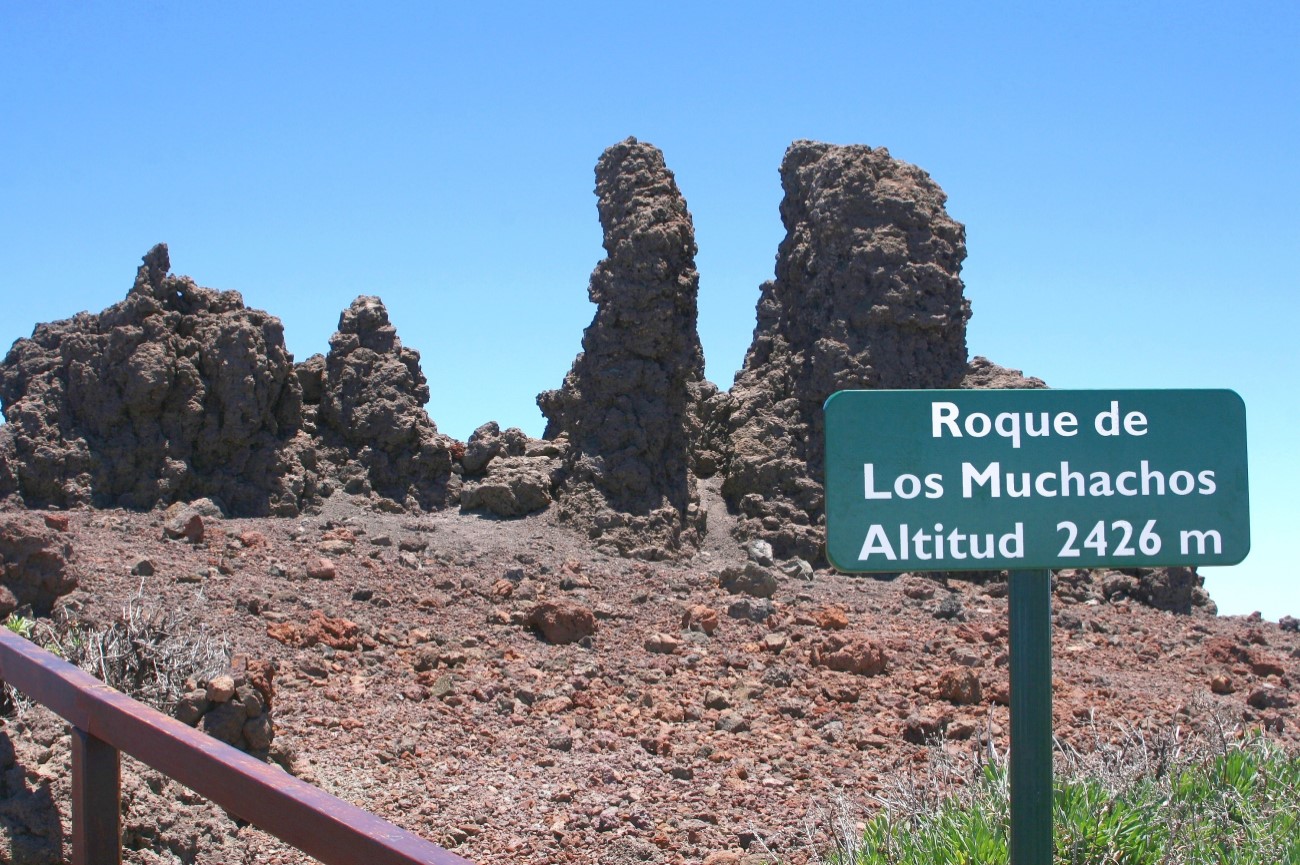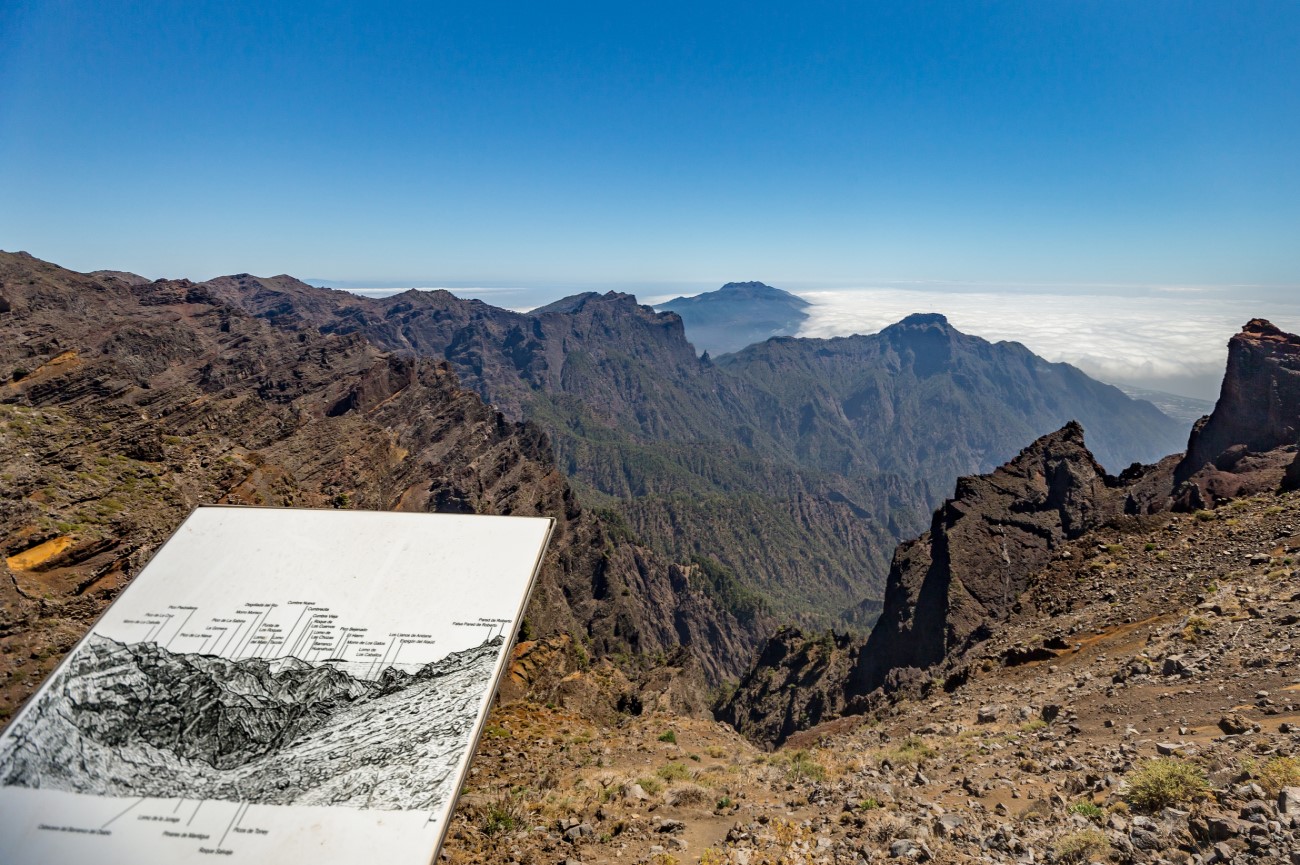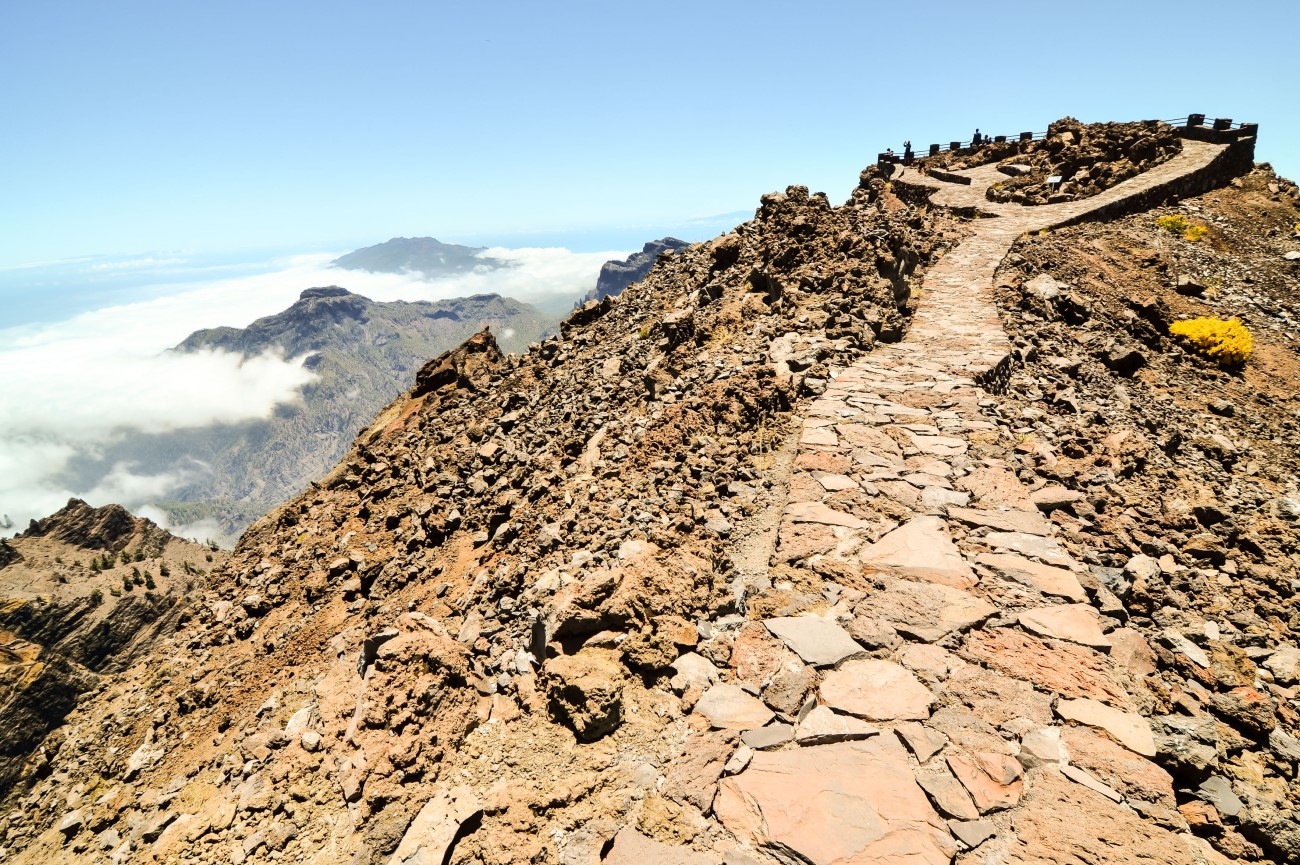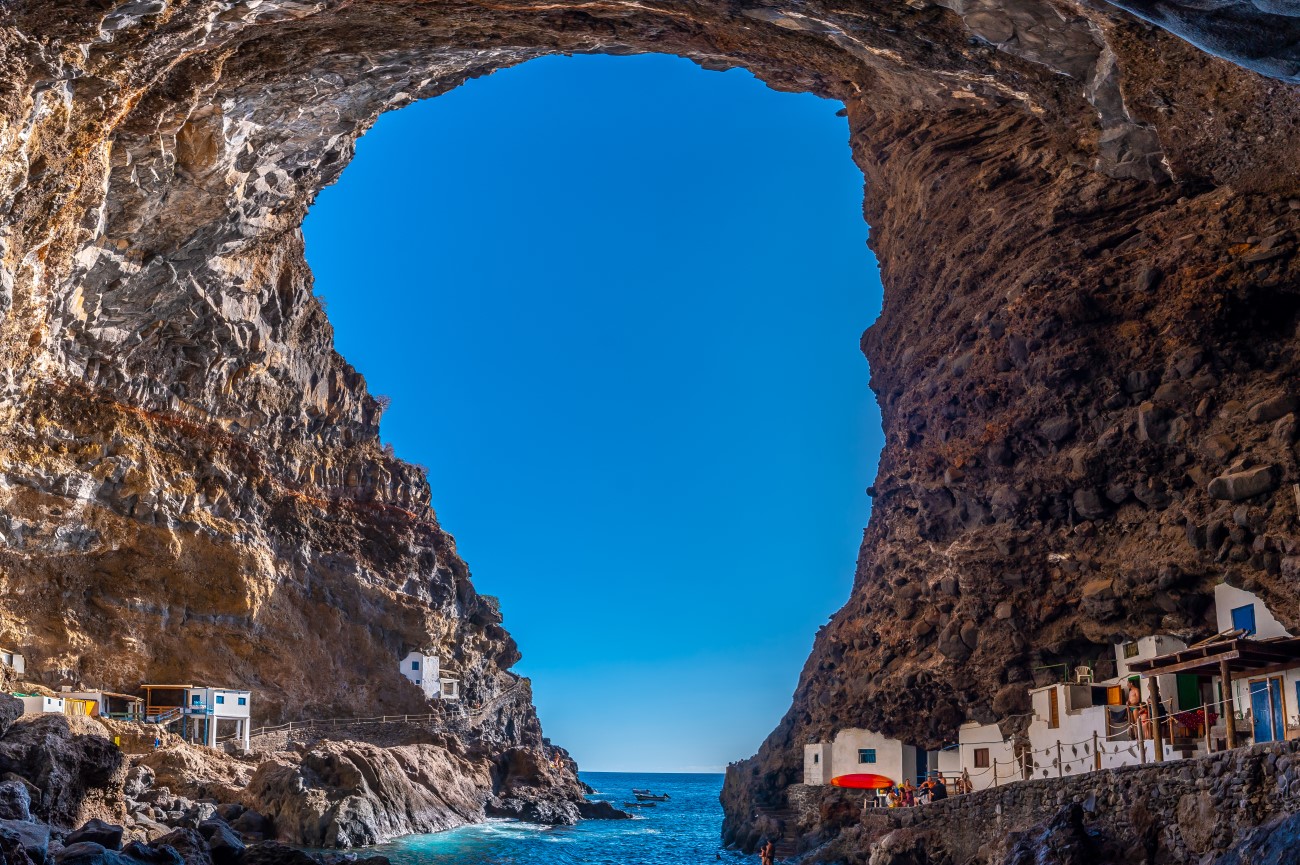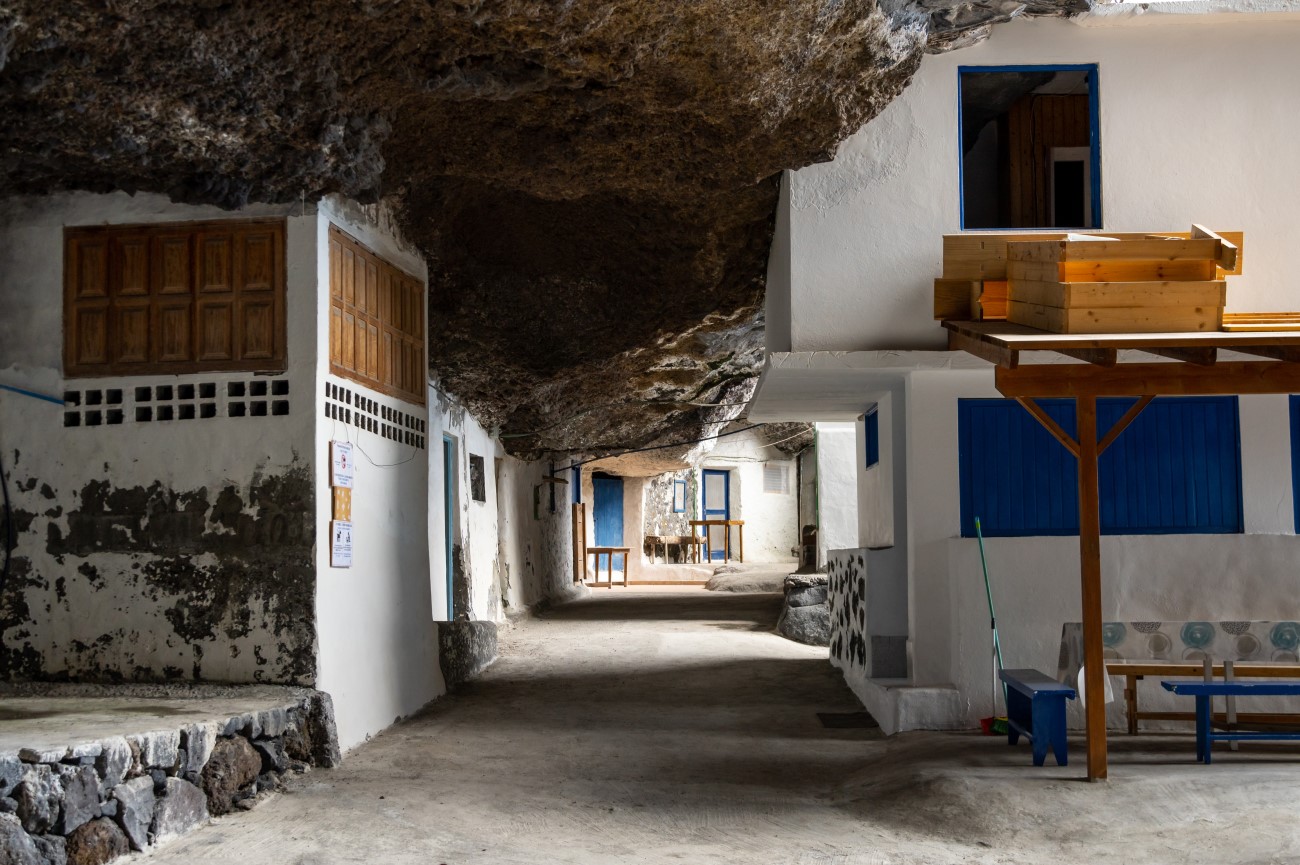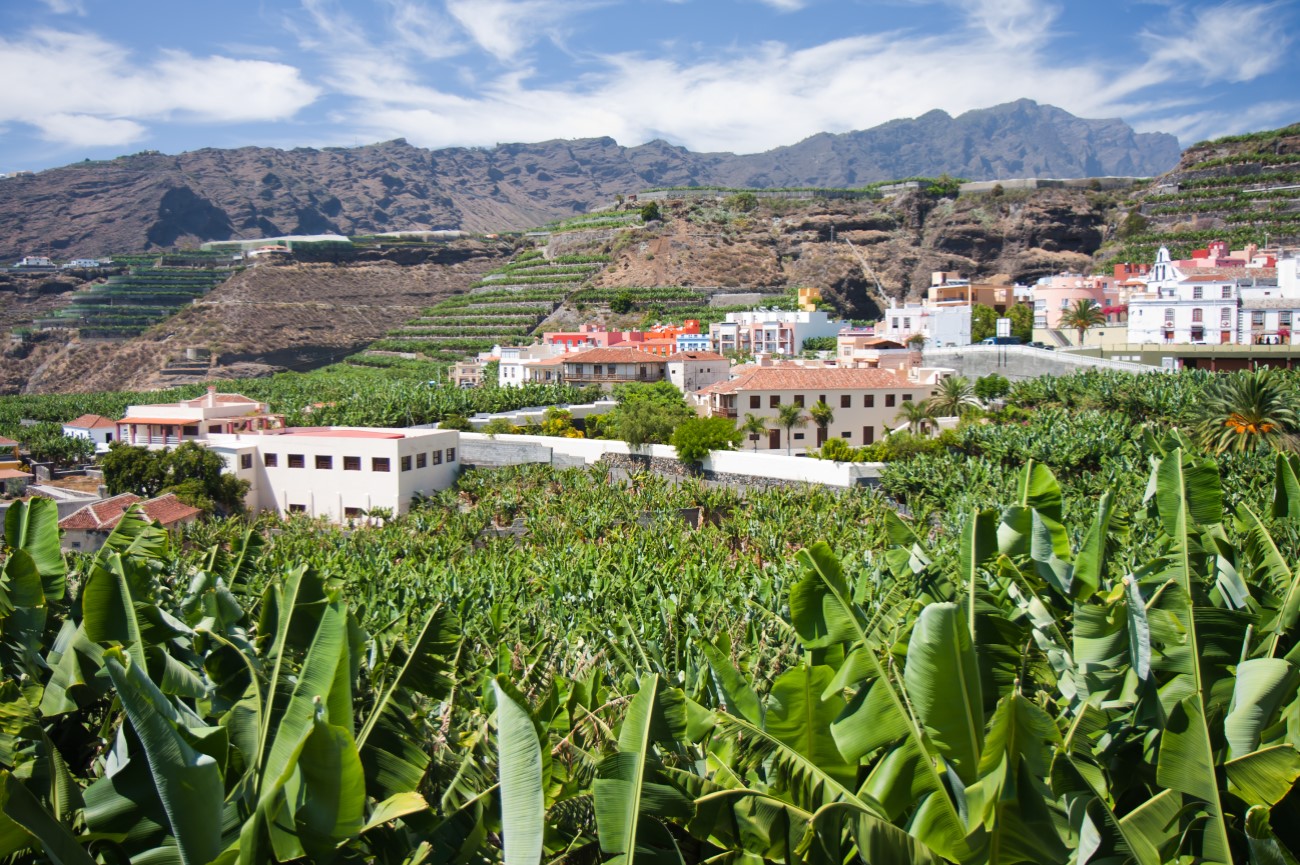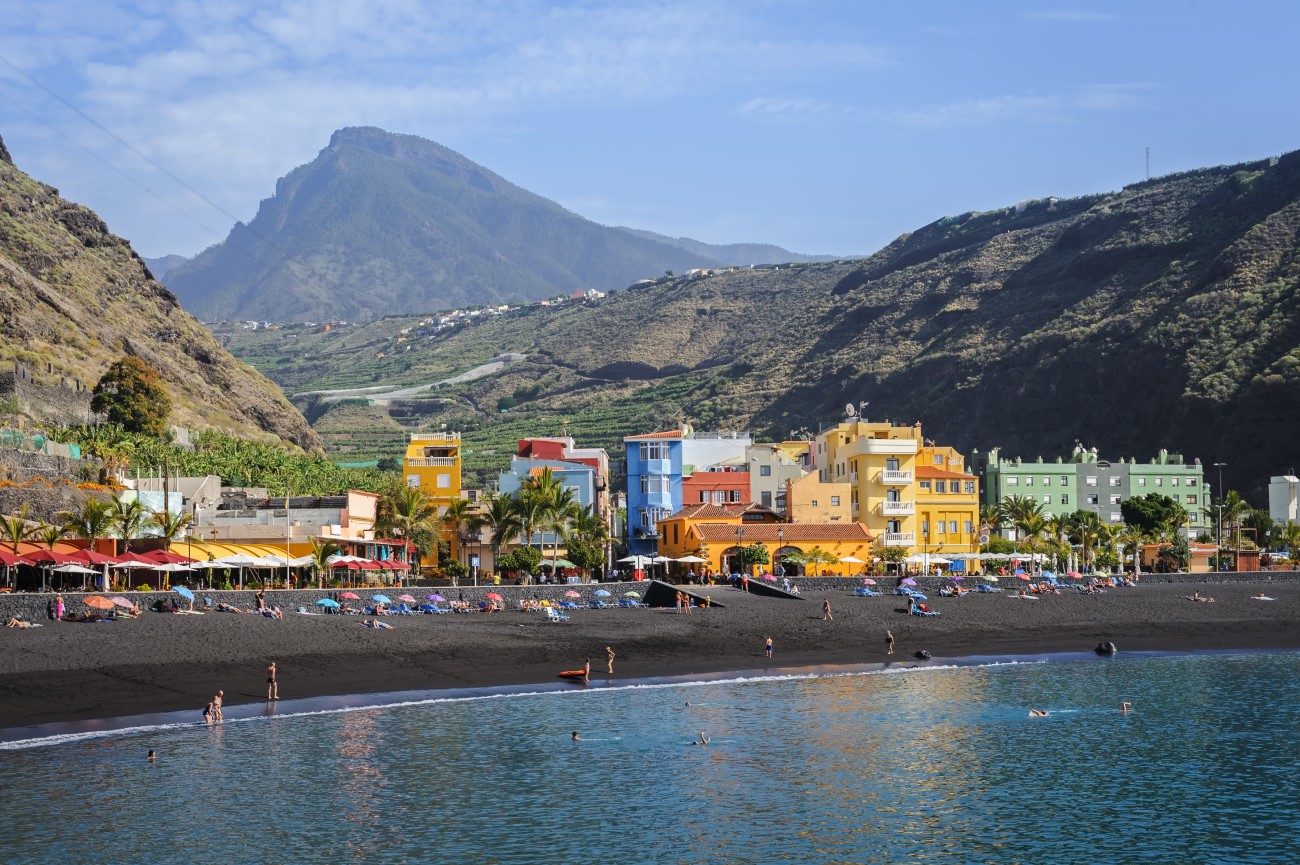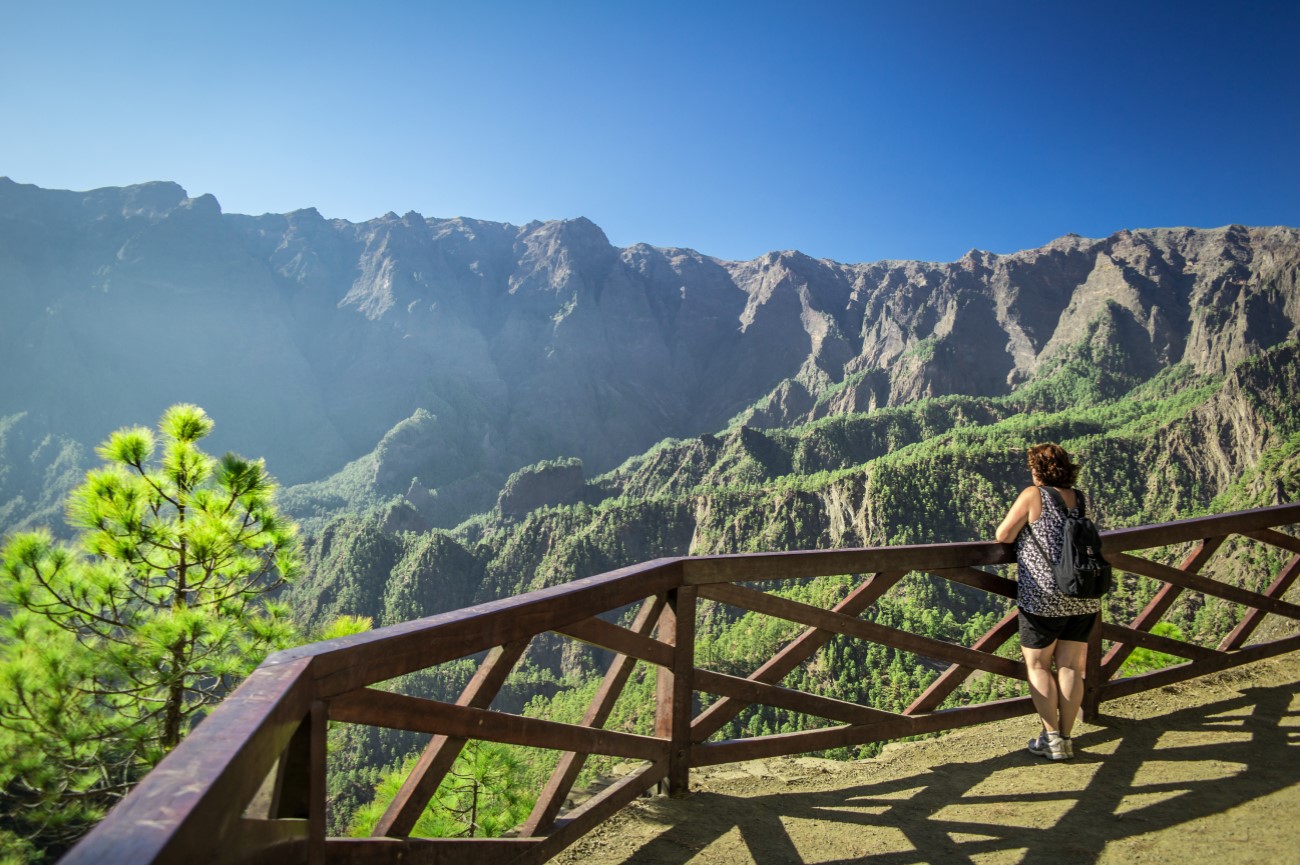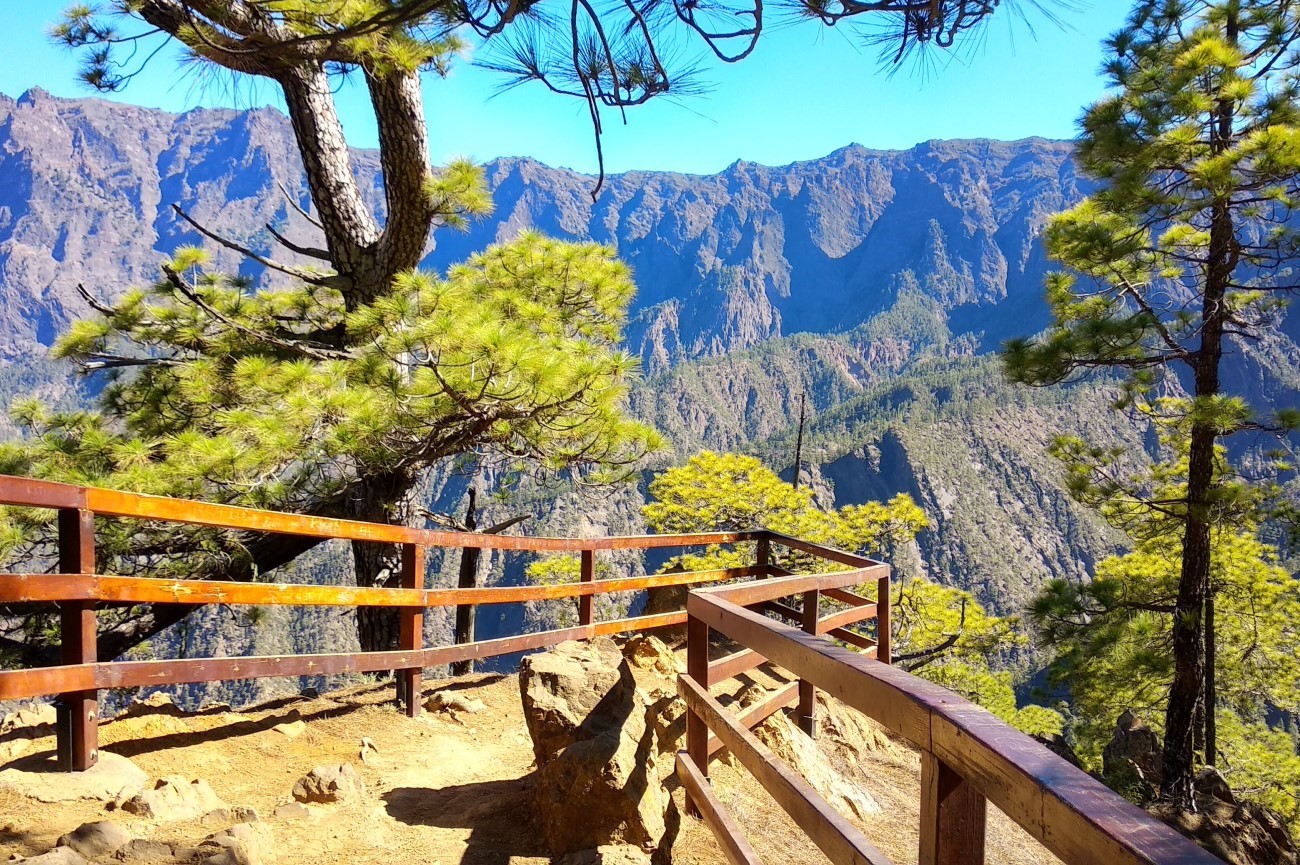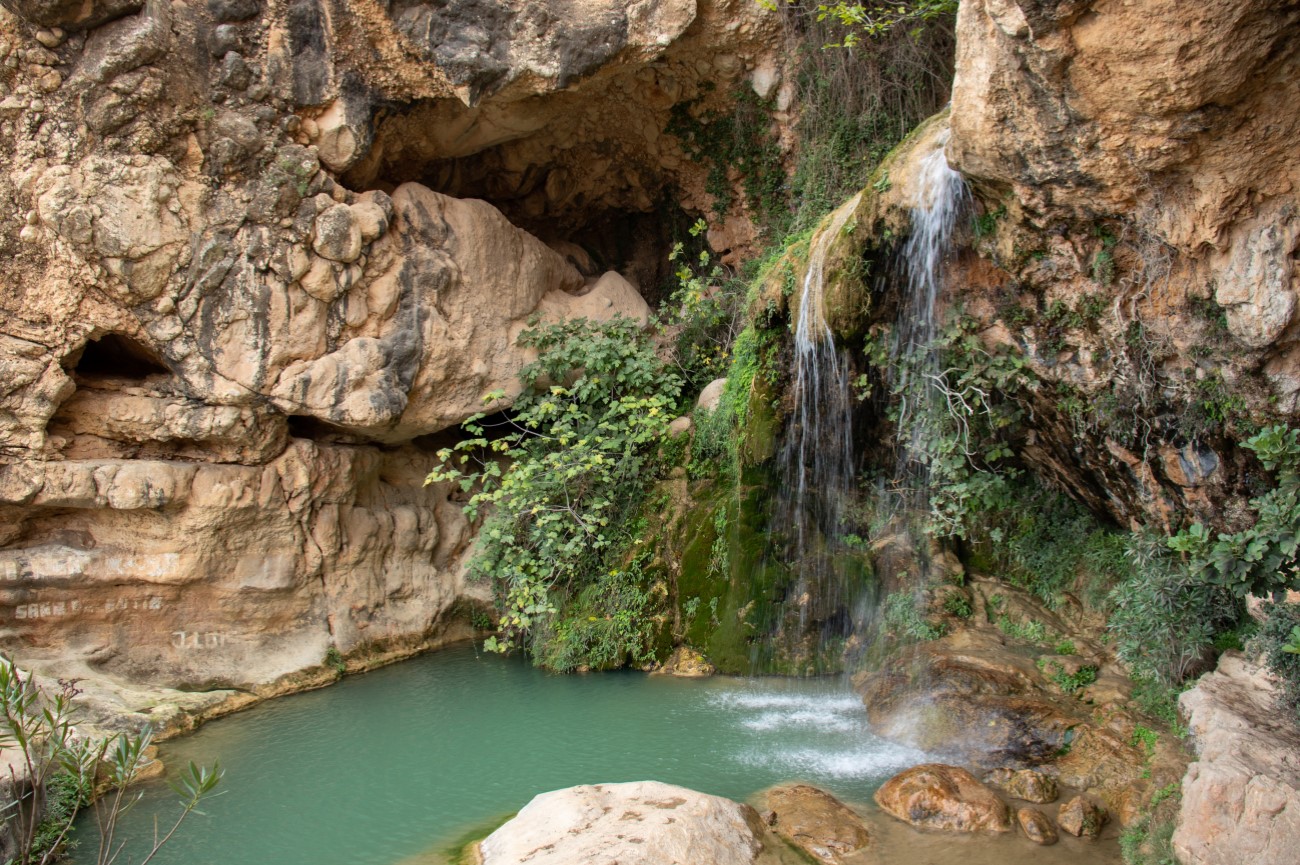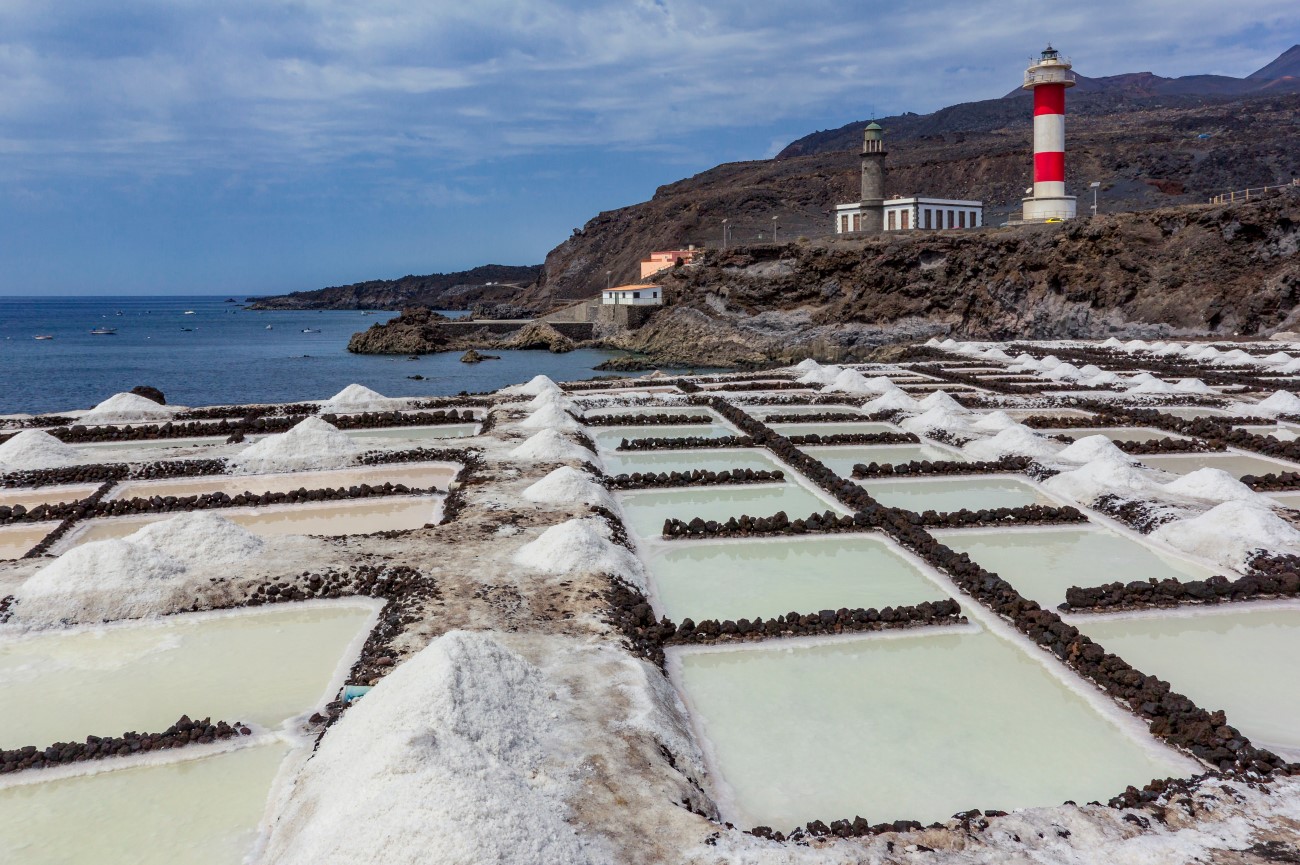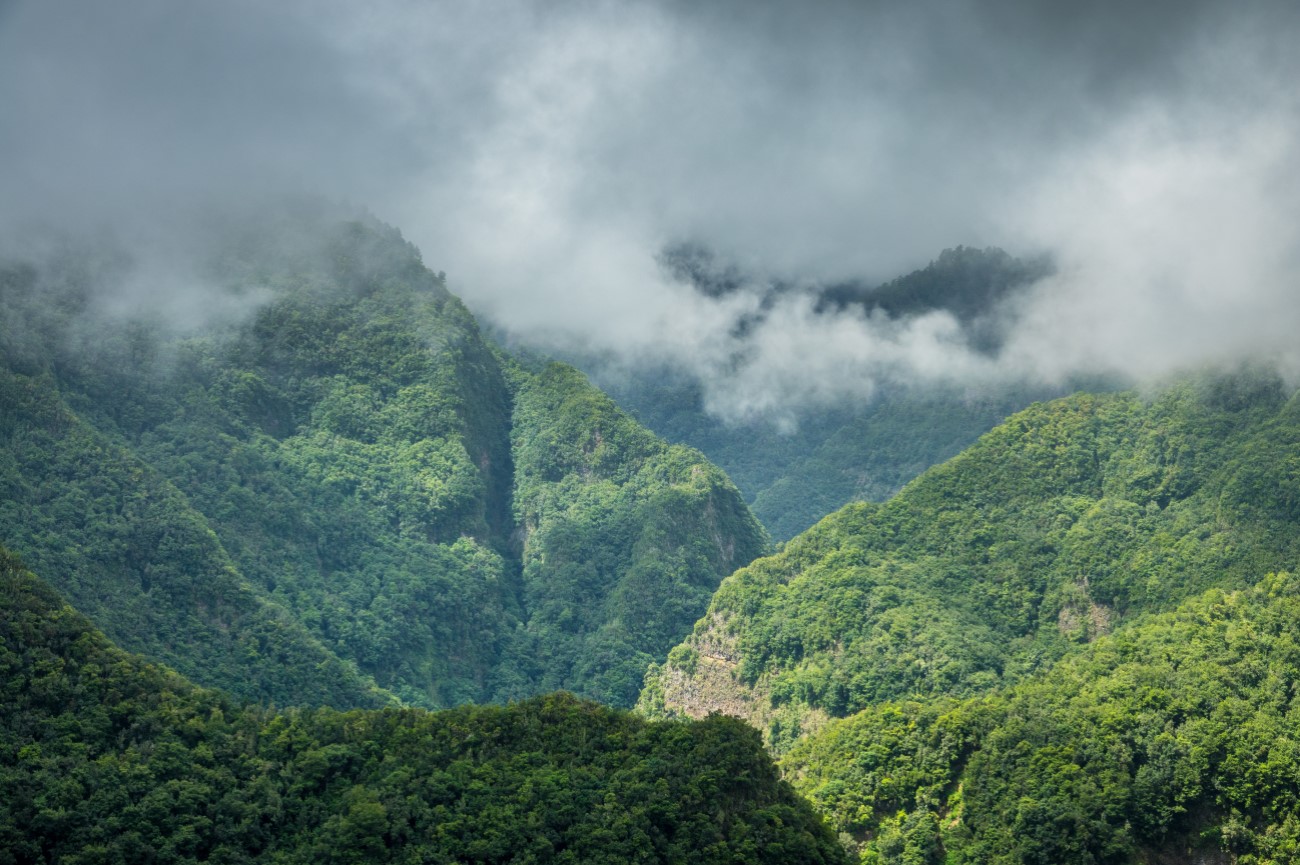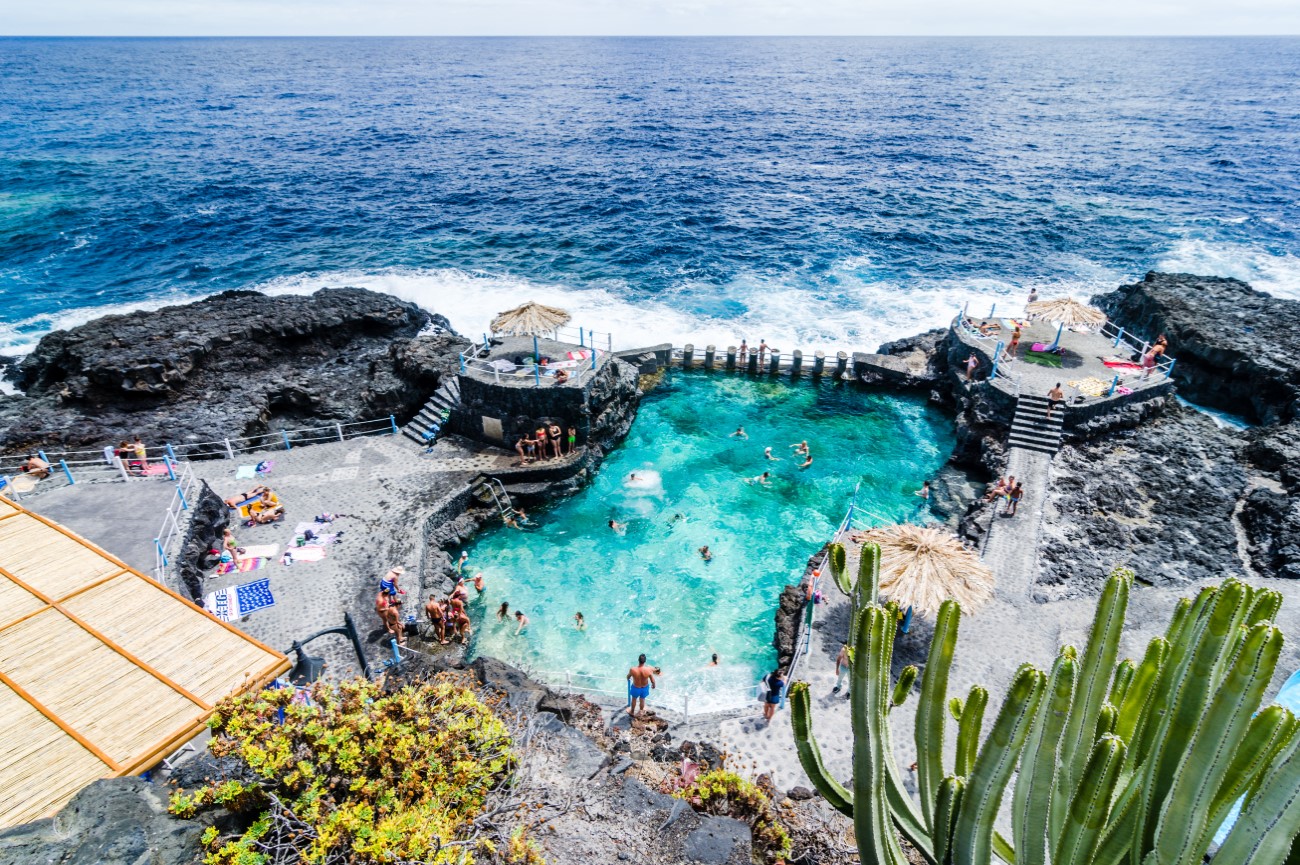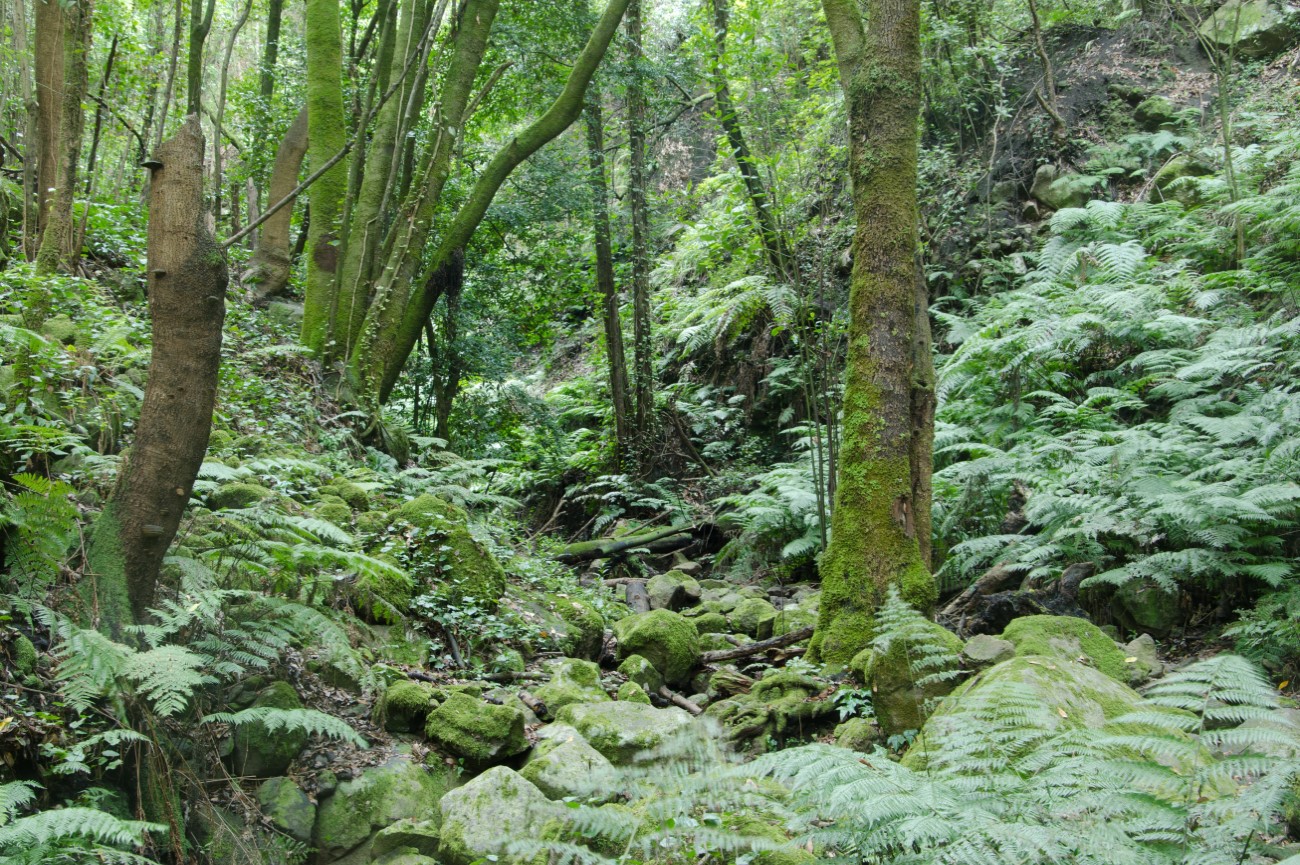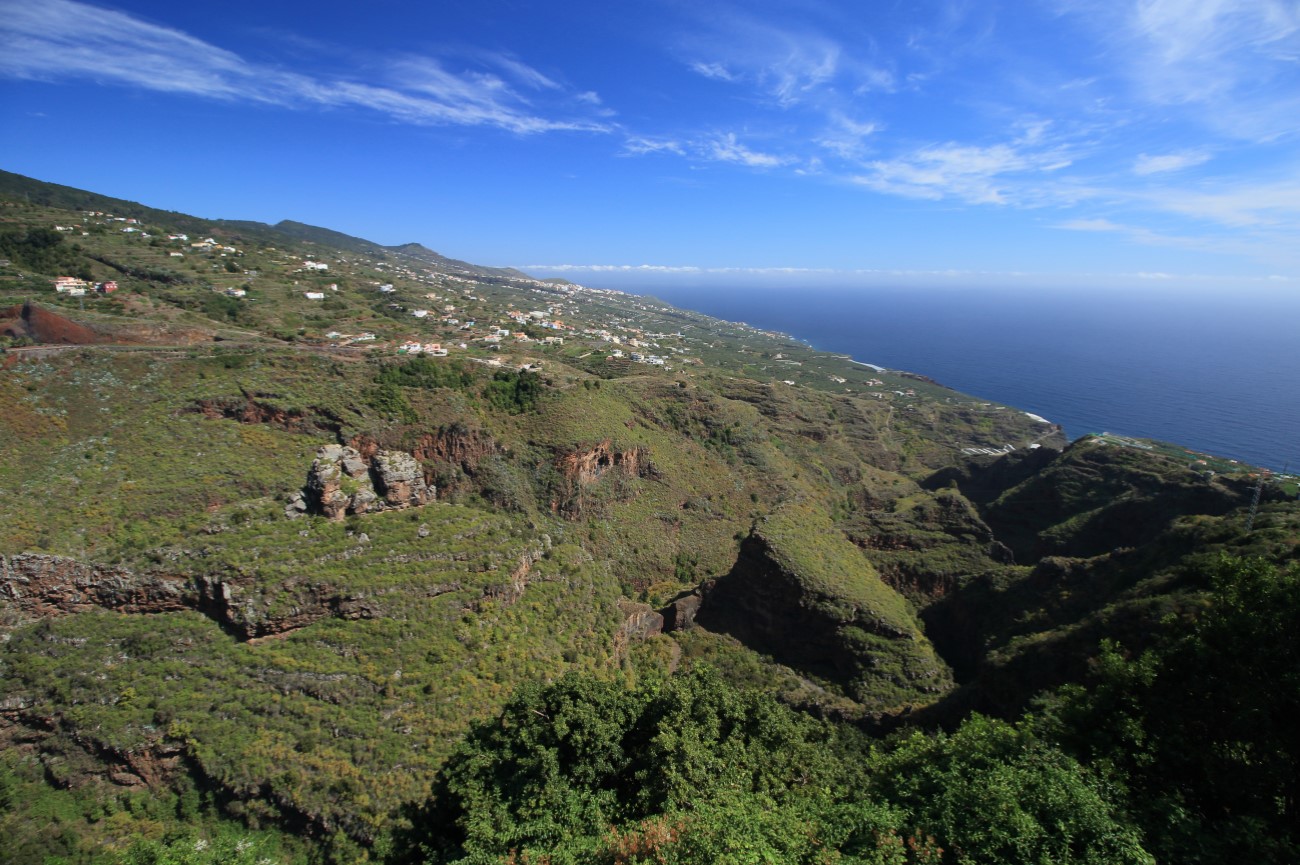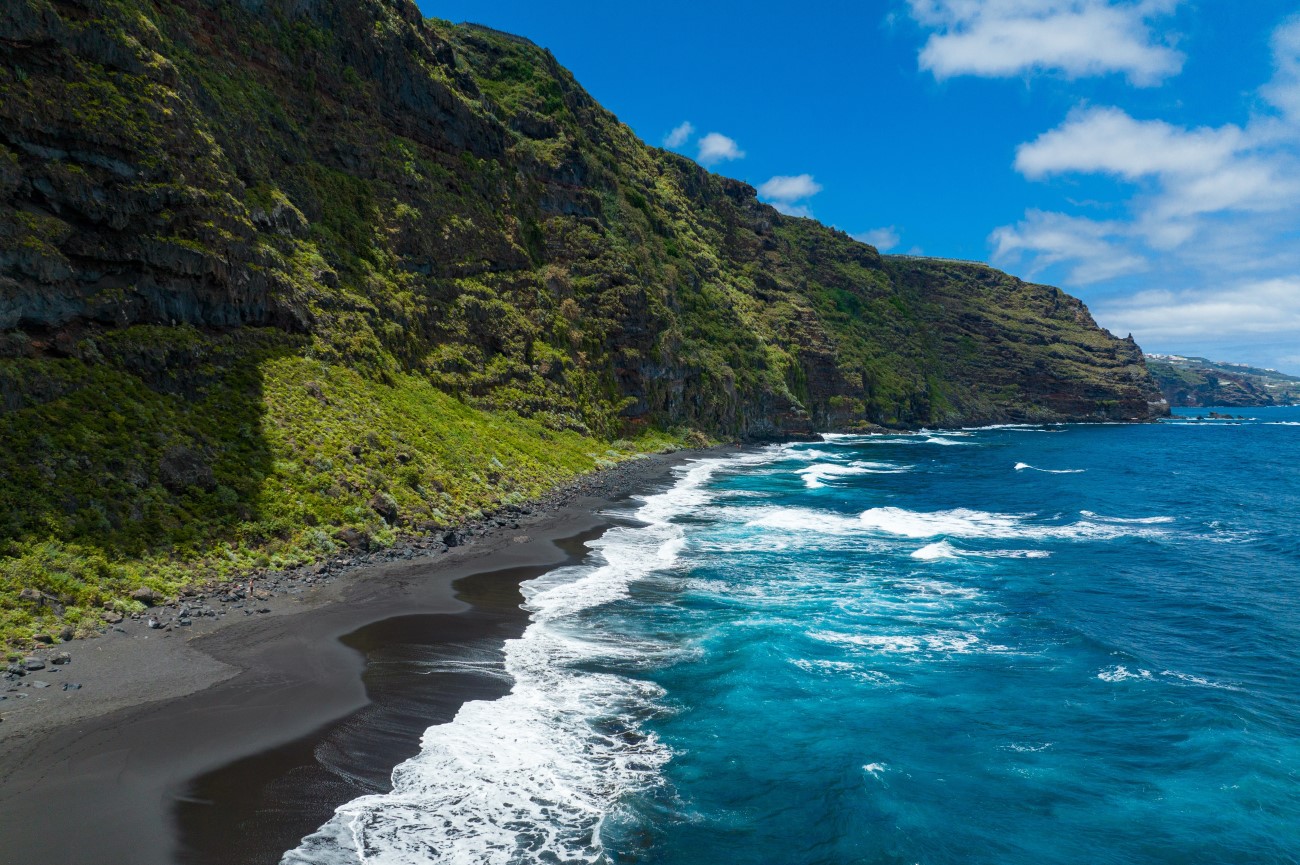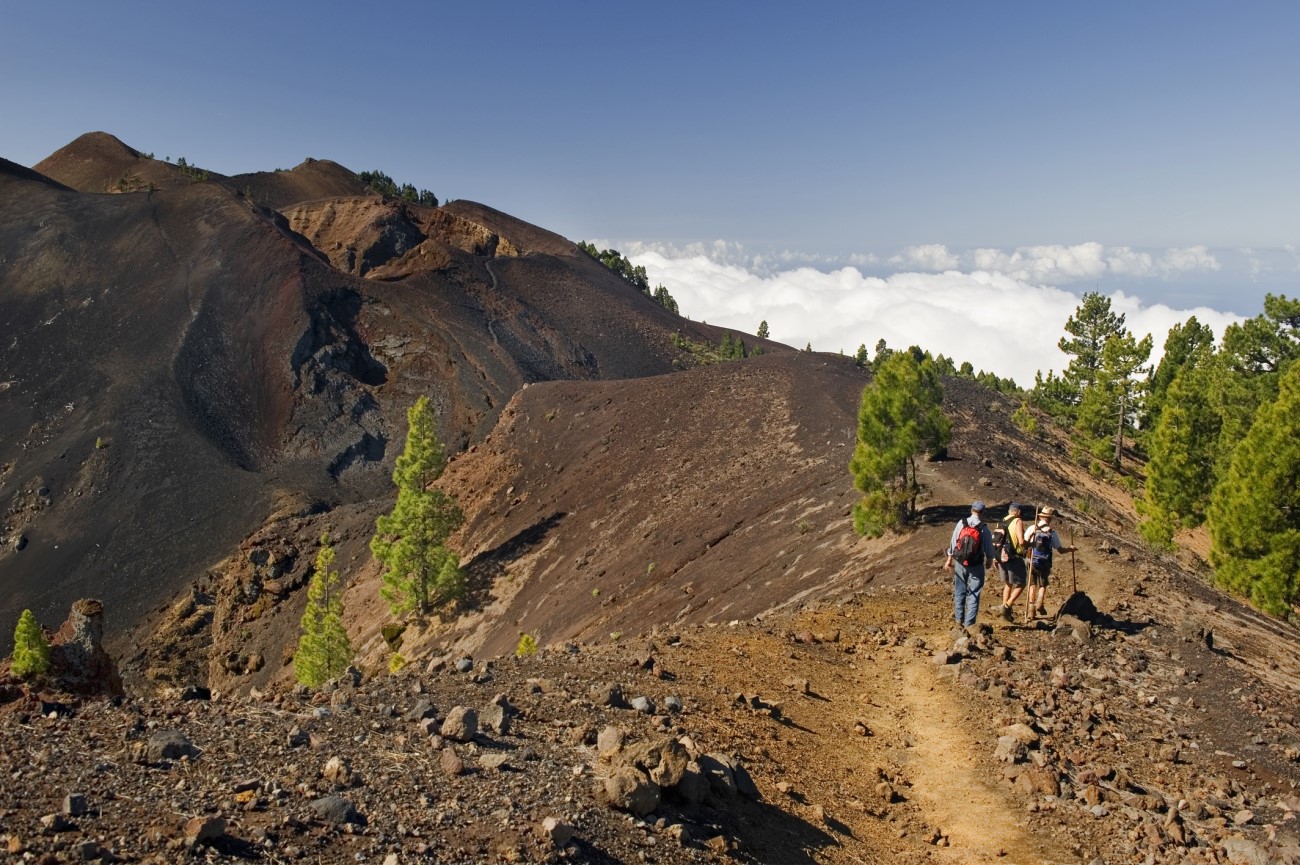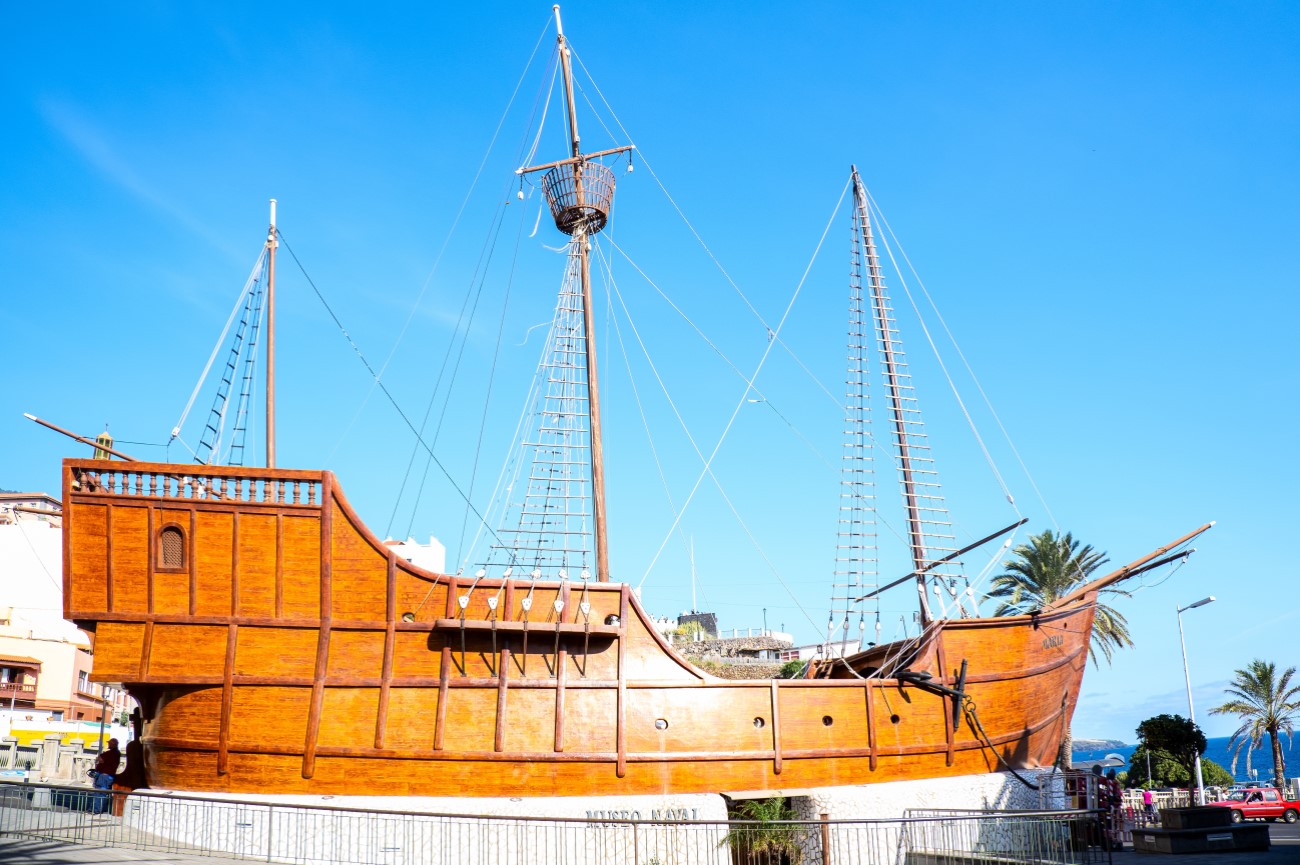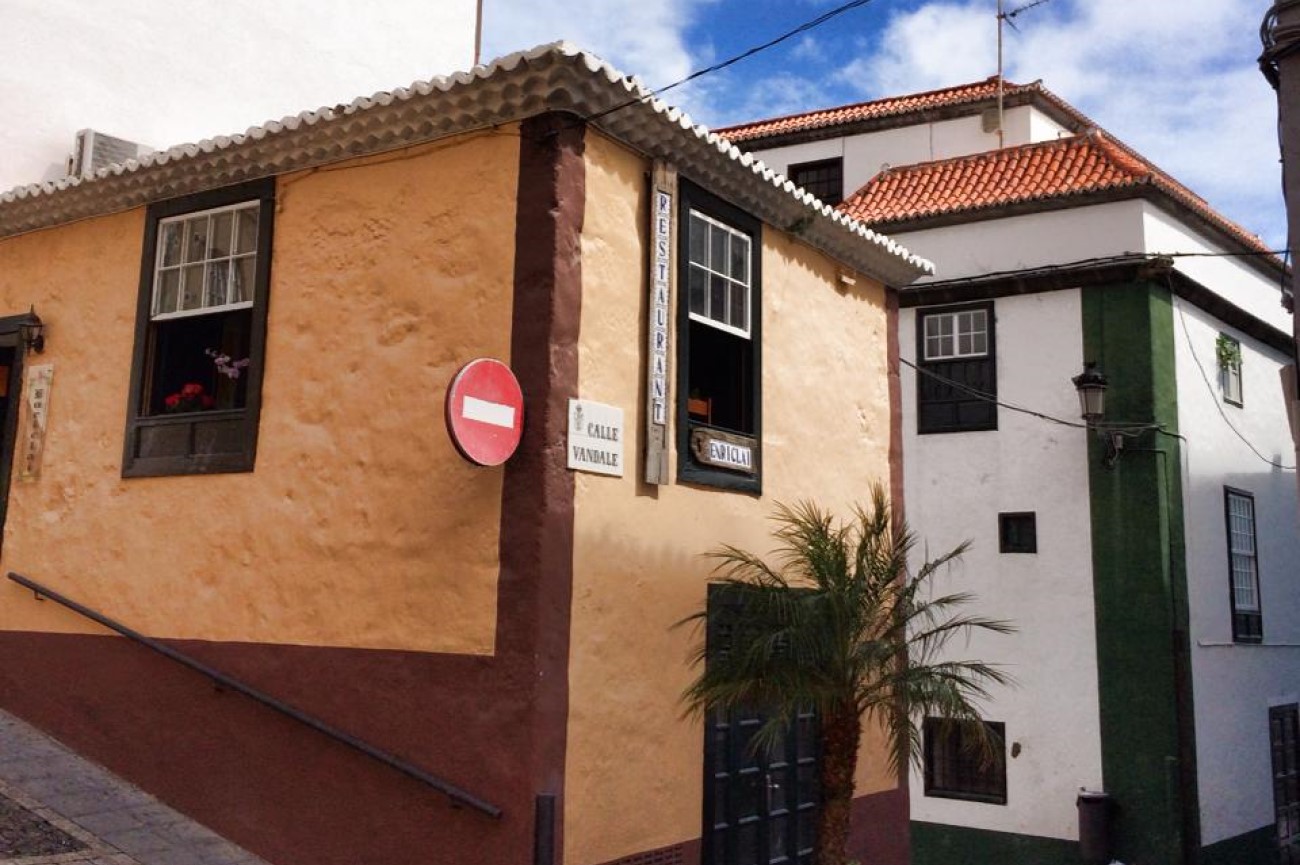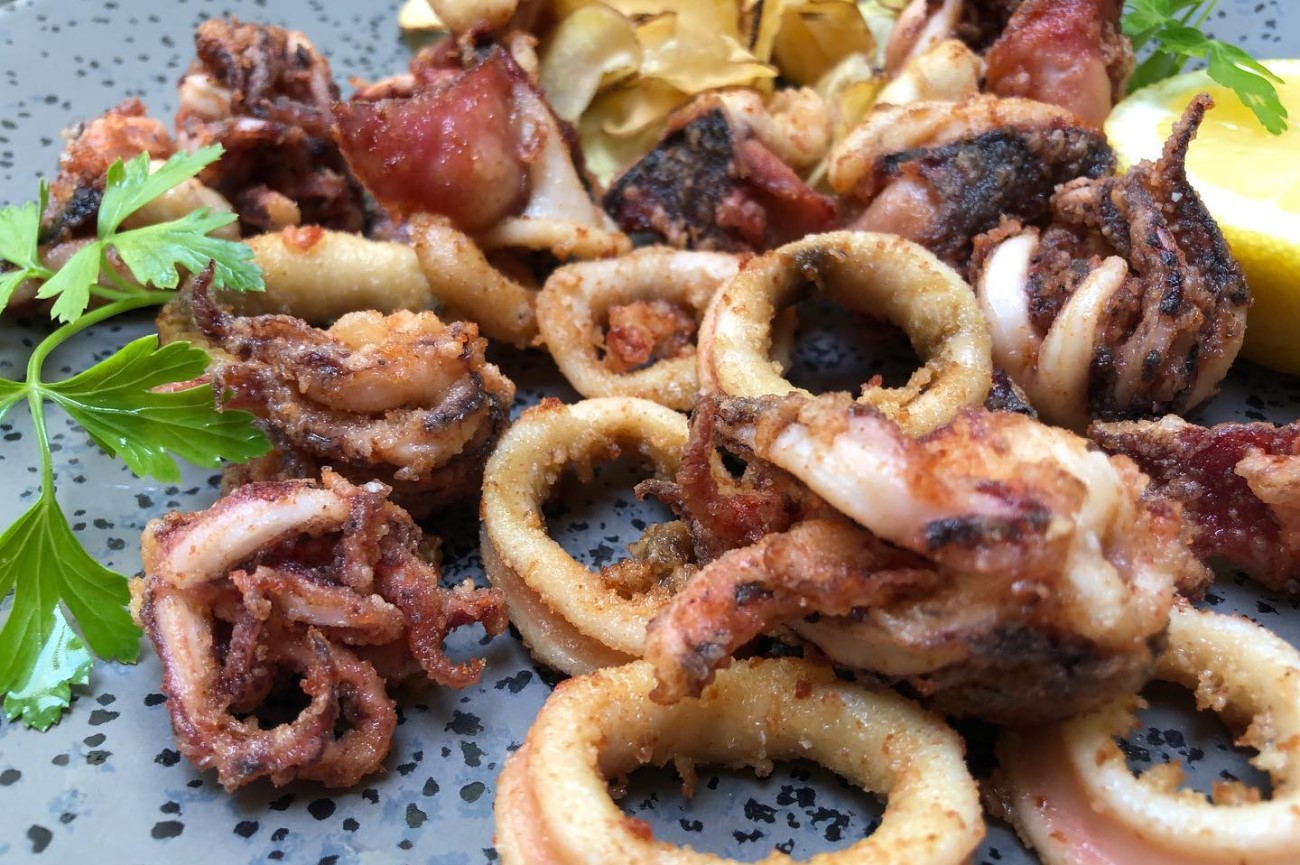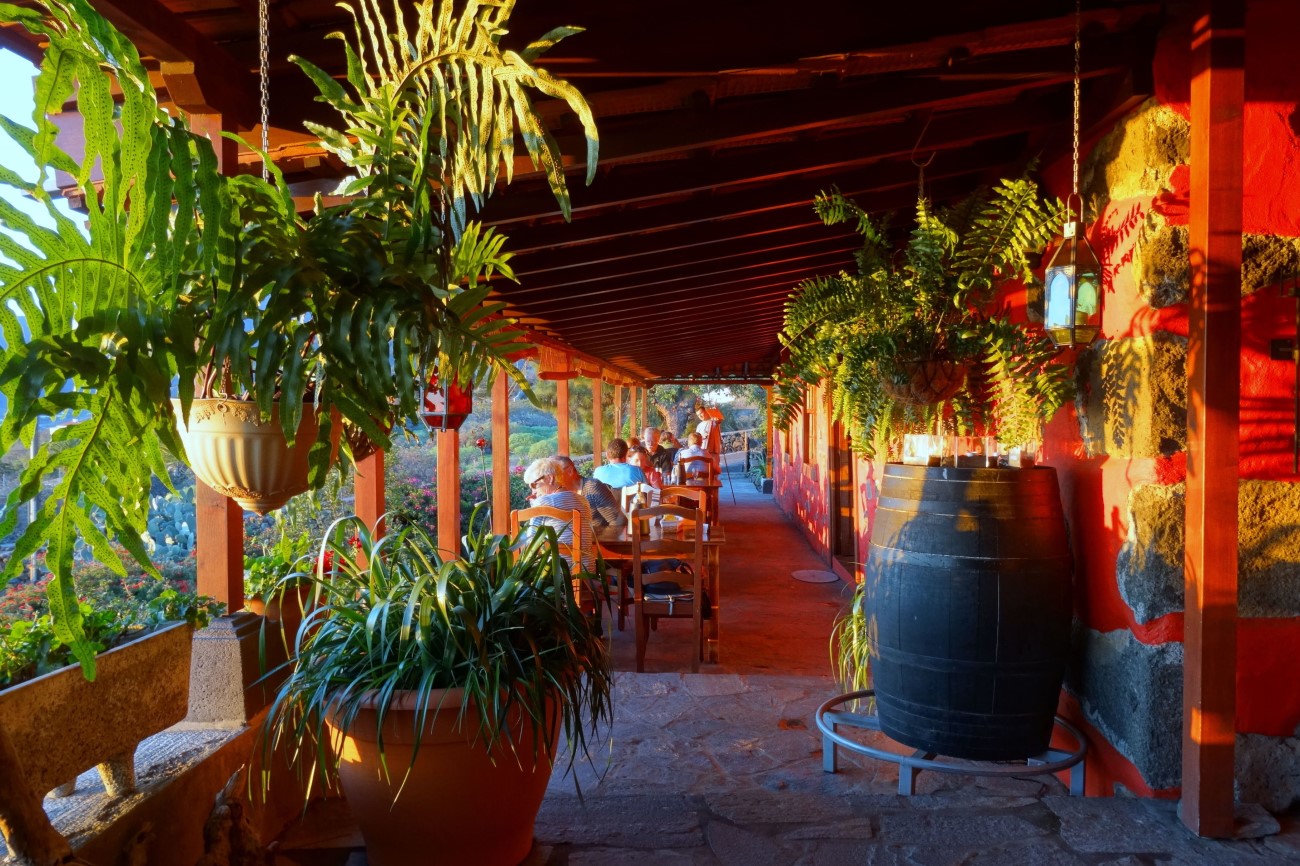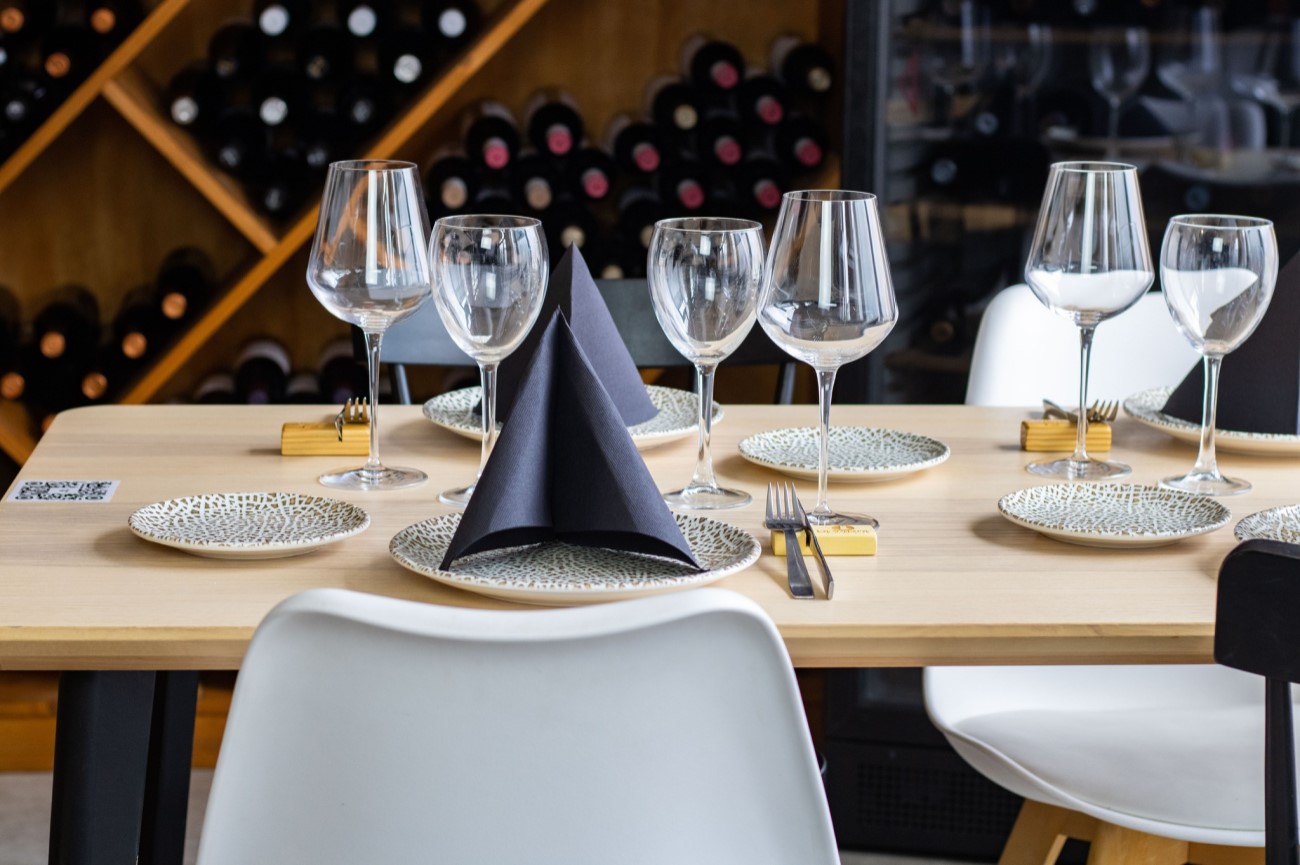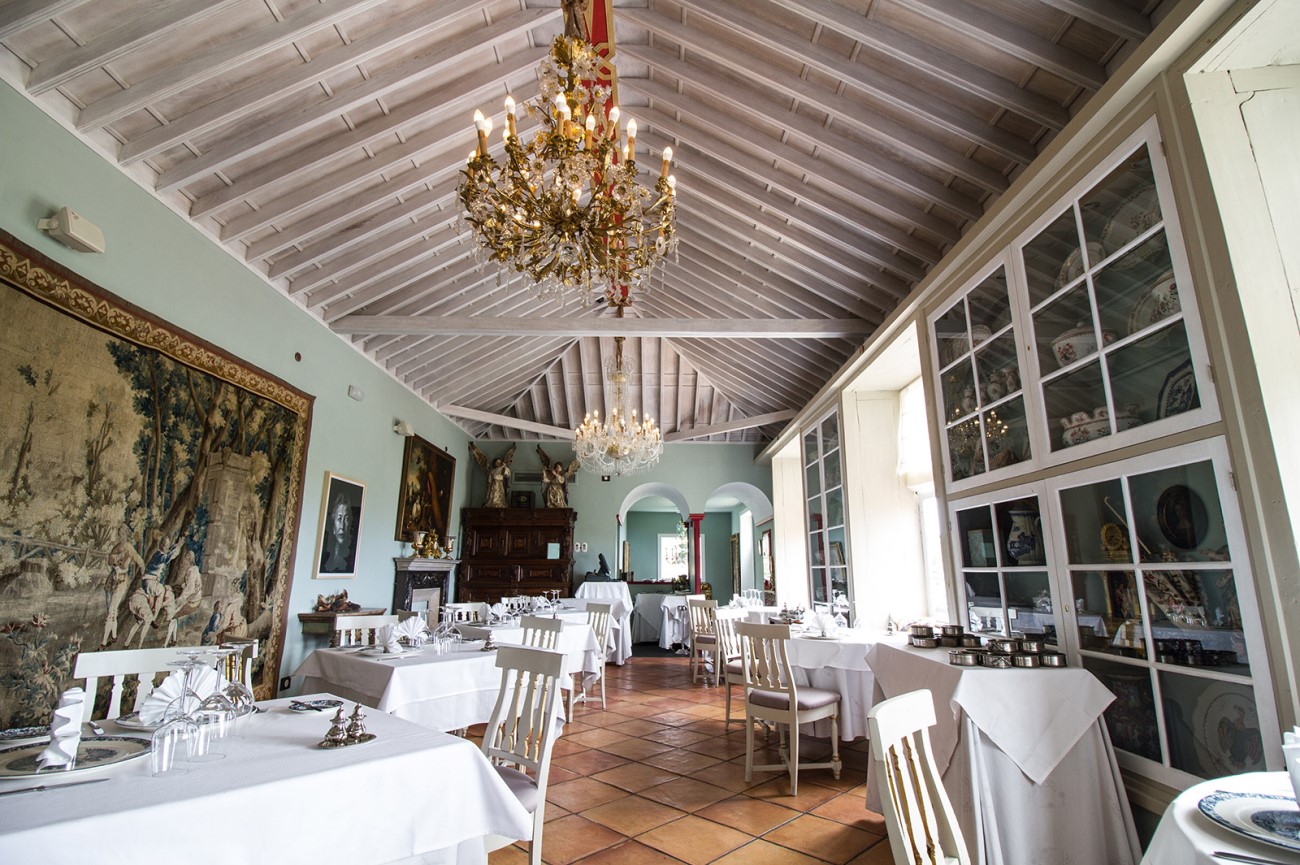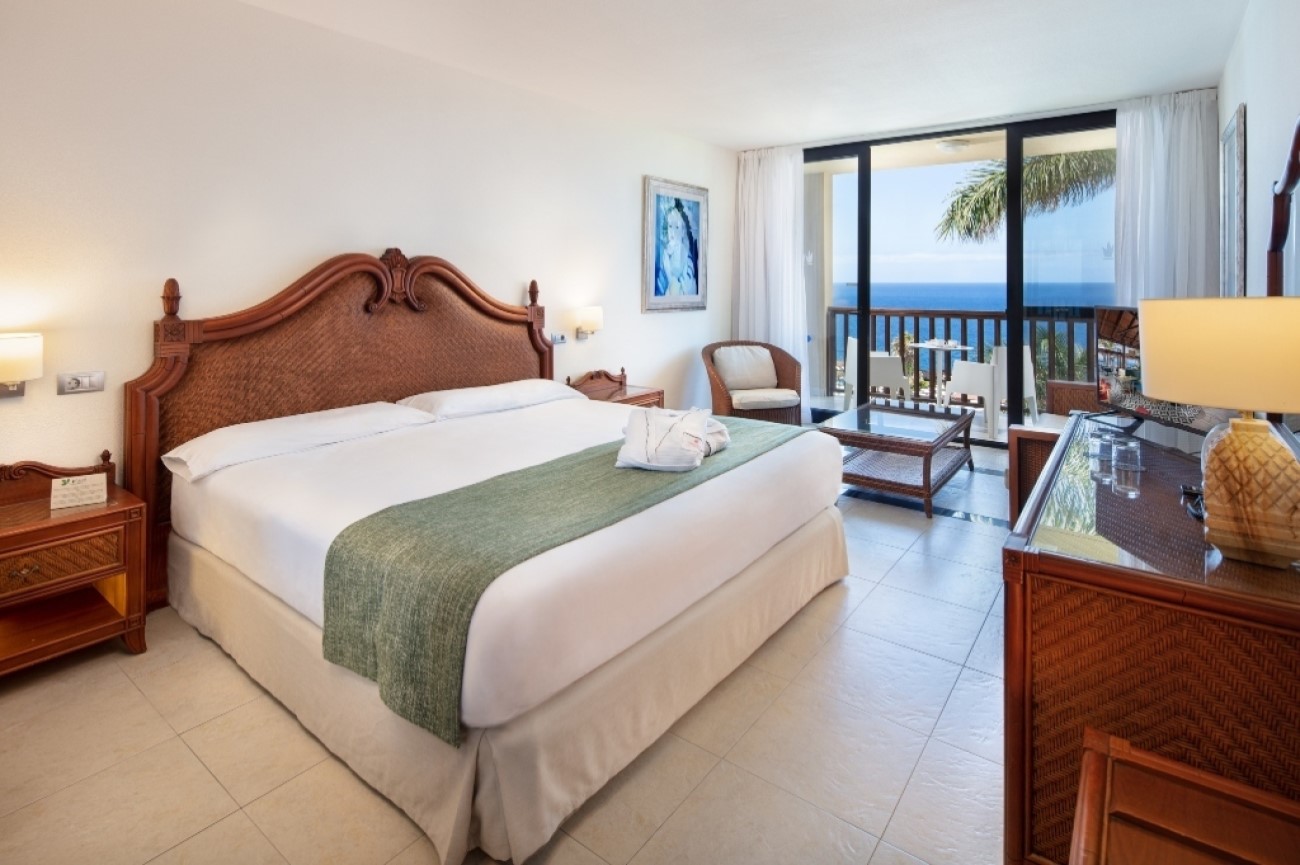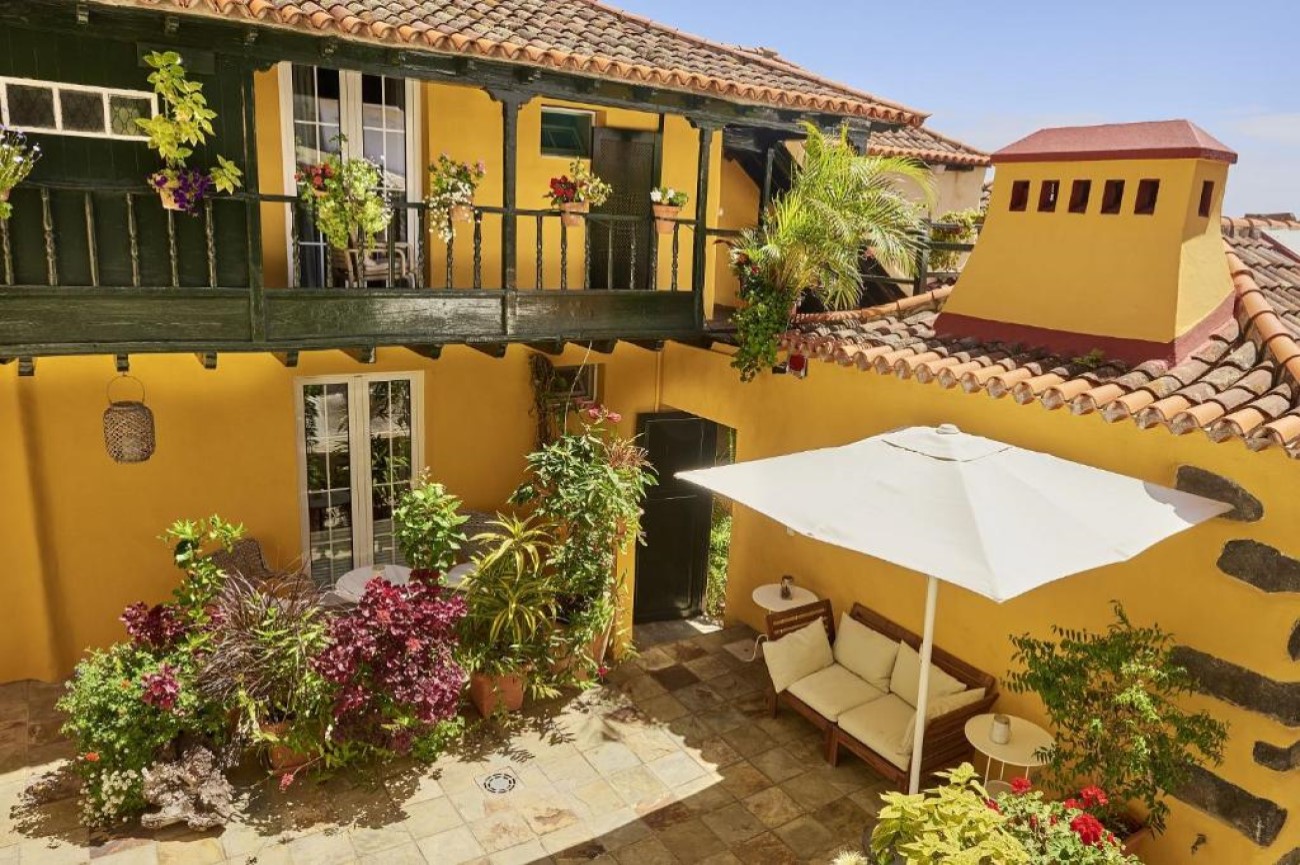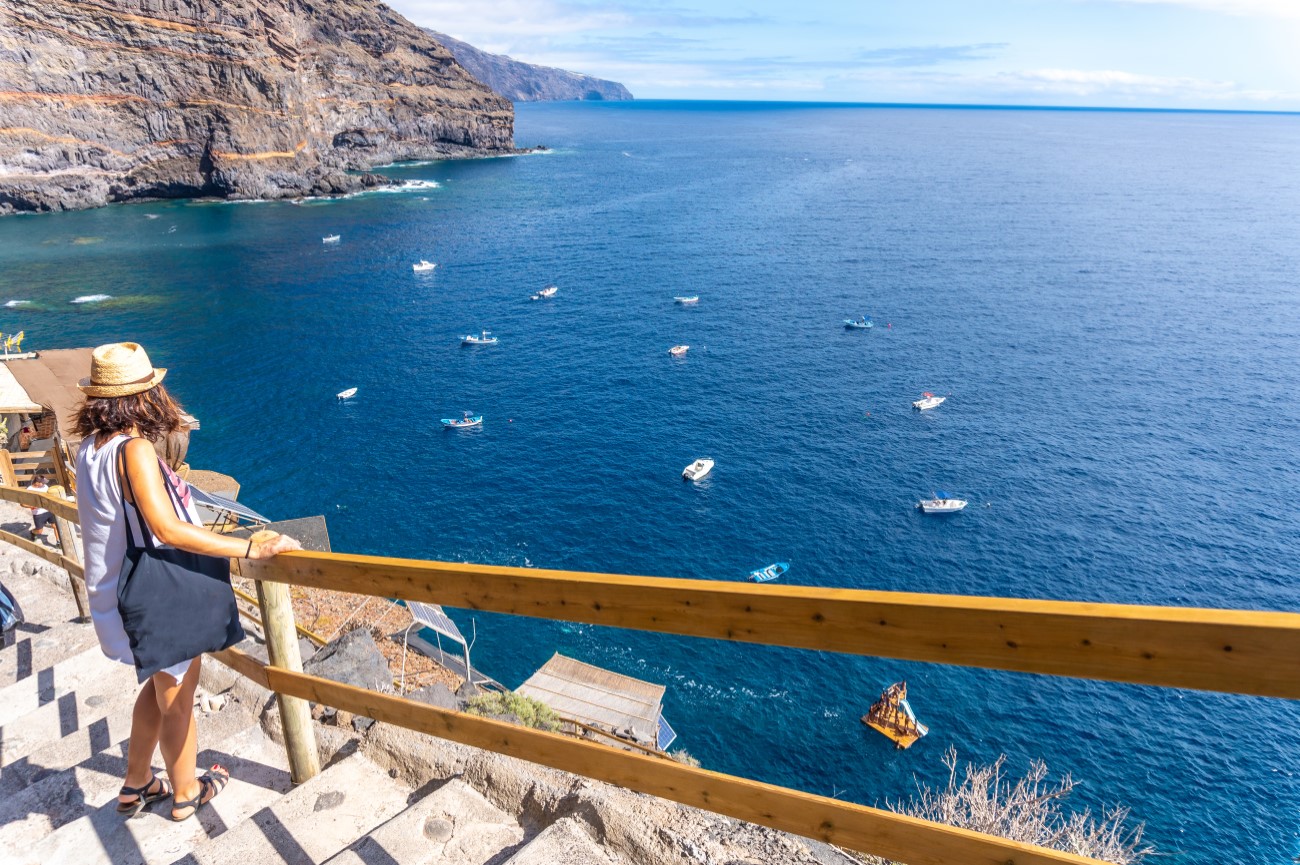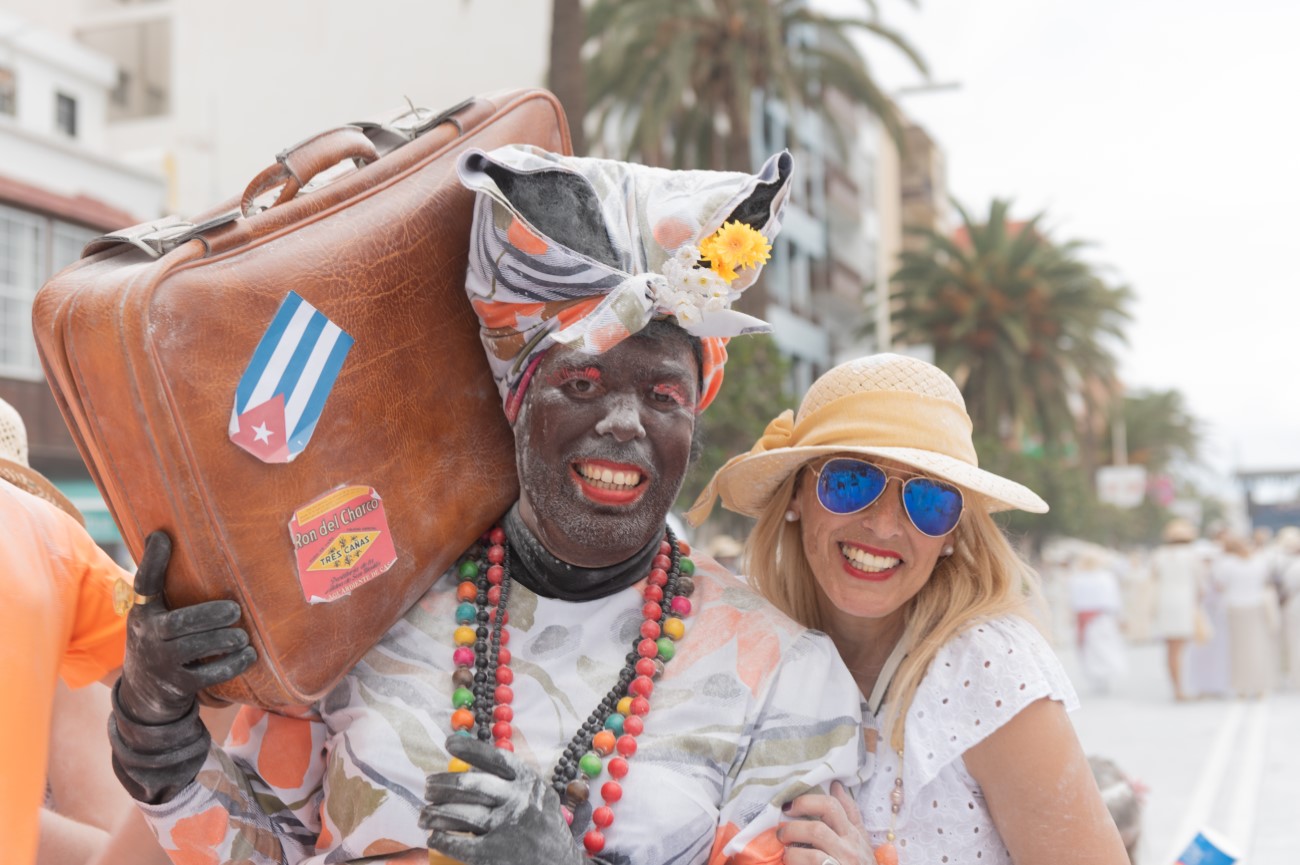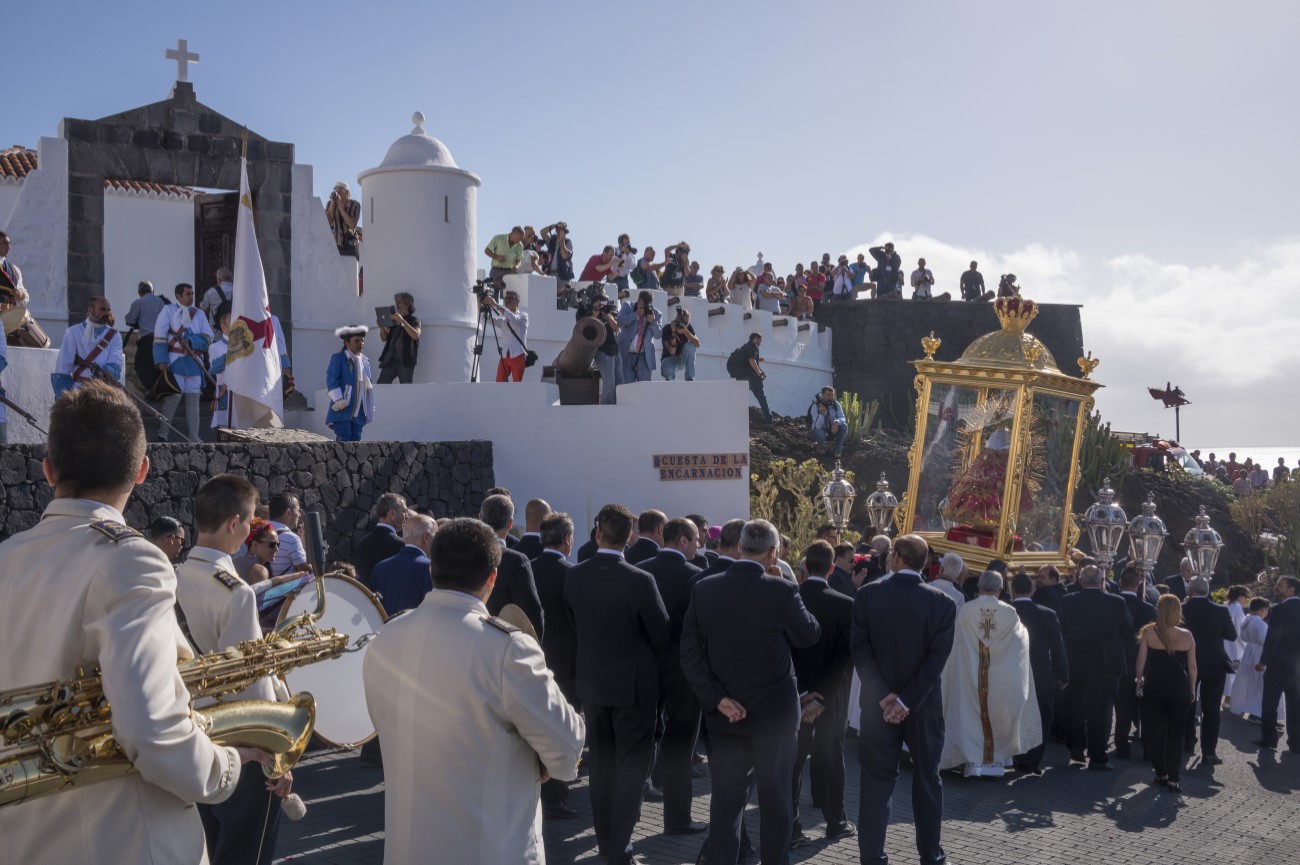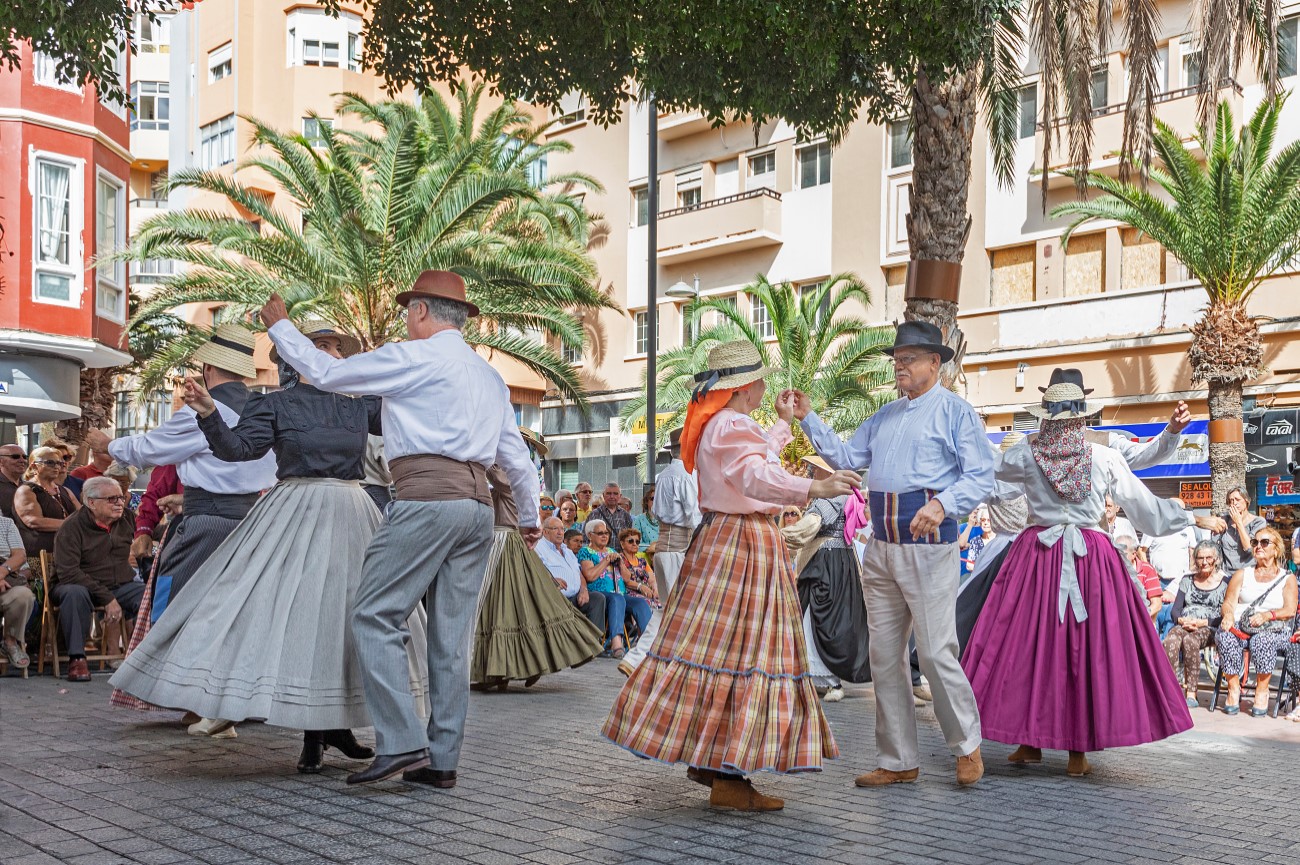Things to do in La Palma, Spain - 4-day itinerary
La Palma is home to one of the largest volcanoes in Spain, the Cumbre Vieja. Its last eruption in 2021 damaged much of the island’s landscape, but it is slowly recovering.
Known as the Isla Bonita, La Palma continues to attract
visitors thanks to its striking natural features. From the lush forests
of the north to the rugged craters of the south, there’s plenty to
capture here. One of the best ways to explore the island is to follow
one of the hiking trails. Of course, you can’t miss the capital either,
with its historical buildings and colourful houses lining the streets.
Our four-day itinerary will show you the best things to do in La Palma. It includes our favourite viewpoints, water activities, and hiking trails.
Day 1 - Santa Cruz de La Palma

Morning: Santa Cruz de La Palma
We’re starting our journey at the island’s capital, Santa Cruz de La Palma. Wander along the old town and admire the 15th-century buildings featuring colourful balconies adorned with flowers. Along the way, you’ll find many cafés and shops. Don’t miss the waterfront promenade, Avenida Maritima, and Plaza de España. The square is home to some of the city’s most iconic buildings, including the Iglesia del Salvador and the town hall.
Afternoon: Pico de La Cruz
Head inland towards the Pico de La Cruz. There’s a fantastic viewpoint on top overlooking the Caldera de Taburiente. Several multi-day hikes pass through here, like the Ruta de la Cresteria, which also crosses the Pico de la Nieve. For something a little lighter, however, you can stop at one of the parking lots on LP-4 and walk 15 minutes to the summit.
Roque de Los Muchachos
Continue west until you reach the Roque de Los Muchachos, stopping to admire the views from the Mirador de Los Andenes. The Roque de Los Muchachos is the highest point on the island. Standing at 2,420 metres above sea level, it is the perfect spot for a panoramic view of the island. It is especially beautiful in spring when the broom plant is in bloom. There is a visitor centre around here dedicated to astrophysics, and the nearby observatory is one of the best places for astronomical observations worldwide. Get back here at night to witness the starry skies on your own, or book a guided tour with the observatory to learn more about your surroundings.
Mirador del Espigón del Roque
For an even better view, you can follow the trail from Roque de Los Muchachos up to Mirador del Espigón del Roque. There is a viewing platform overlooking the Parque Nacional Caldera de Taburiente. If you're lucky, you might catch a sea of clouds forming below you.
Day 1 - Santa Cruz de La Palma Tour Map
DAY 2 - Tazacorte

Morning: Dolphin and whale watching tour
La Palma is home to a diverse marine life. There are over 20 types of cetaceans living in its surrounding waters, including dolphins and whales. You can spot these creatures up close by joining a boat tour. The Puerto de Tazacorte is one of the several departing areas for these experiences, which last about three hours. During the trip, you’ll have the chance to visit some of the island’s most magical sights, including the volcanic cave, Cueva Bonita, and the picturesque village of Poris de Candelaria. You’ll also pass by the volcanic deltas formed during the last volcanic eruption of La Palma in 2021.
Tazacorte
Back on
dry land, it is time to explore the town of Tazacorte. Located on the
coast of the Valle de Aridane, Tazacorte is famous for its banana
plantations which fill the surrounding valley. Start with a walk along
the waterfront promenade, stopping by the black sandy beach Playa de
Tazacorte. Then head down to the centre, where you’ll find traditional
Canarian houses and streets packed with seafood restaurants.
Afternoon: Mirador de la Cumbrecita
Make your way up to the Mirador de la Cumbrecita, one of the many viewpoints facing the Caldera de Taburiente. It is also the start of several hikes, such as the Lomo de las Chozas and the trail leading to the chapel of the Virgen del Pino. The parking space near the viewpoint is small, so you’ll need to book a spot in advance.
Mirador Lomo de Las Chozas (Hiking Trail)
An easy hike from Mirador de Cumbrecita leads to Lomo de las Chozas. The trail starts almost flat and then takes you through the mountains of La Palma, ending at the viewpoint of Lomo de las Chozas. Along the way, you’ll spot the Punta de Los Roques, Roque de Los Muchachos, and even the interior of La Caldera. It takes about 1h30 minutes one way.
Day 2 - Tazacorte Tour Map
DAY 3 - South

Morning: Cueva de Las Palomas
Cueva de Las Palomas is a volcanic tube formed by the solidification of lava following the eruption of the San Juan Volcano in 1949. The attached visitor centre features an exhibition space covering geological formations, a souvenir shop and a cafe. There’s also a floating glass viewpoint which overlooks the cave. You can visit the centre without a guide, but if you want to go inside the tube, you should book a tour in advance.
Afternoon: Salinas de Fuencaliente
After exploring Cueva de Las Palomas, drive south to see the Salinas de Fuencaliente, one of the remaining salt pans in the Canaries. Salt production began around the 1960s with the Hernández Villalba family. The shallow ponds are filled with seawater which is left to evaporate in the sun, leaving the salt exposed. The area produces the Teneguía sea salt, named after the volcano that formed these flat surroundings. You can read the information panels dotted around to learn more about the production process. There is also a marine museum and a café on site.
Day 3 - South La Palma Tour Map
DAY 4 - North

Morning: Bosque de Los Tilos
For our last day, we’re exploring the north of the island. It’s around here that you’ll encounter Los Tilos Forest, one of the last laurel forests in the world. There are several walking trails that cross through here, many of which lead to waterfalls. Among the most impressive ones is the Cascada de Los Tilos.
Charco Azul
Head down to the coast and stop by the Charco Azul. This stunning natural pool is perfect for a refreshing morning swim. Its clear and calm waters allow for a relaxing dip, followed by a warm sunbathing moment in the surrounding rocks.
Afternoon: Cubo de la Galga
The laurel forest extends all across the northeast of La Palma. Part of it covers the Enchanted Forest of La Palma. To explore this area, we recommend following the Cubo de La Galga trail. There is a circular route which covers the best of the forest and a longer path which takes you through other attractions like La Galga mountain and the viewpoint of San Bartolomé. These can range between 2km to 9km long.
Playa de Nogales
End the day with a visit to Playa de Nogales. The beach features volcanic black sands backed by spectacular cliffs that showcase the lush green landscapes of the island. Many surfers come here to catch the waves, as the sea is a bit choppy. From the car park, there is a 500-metre trail towards the beach. You can also admire the views from the top if you don’t feel like walking there.
Day 4 - North La Palma Tour Map
Other things to do in La Palma:
- Ruta de Los Volcanes: Right in the heart of La Palma is the beautiful Cumbre Vieja National Park. The best way to explore this area is to follow the Ruta de Los Volcanoes or Volcano Route. The 24km trail is ideal for experienced hikers as it can be a bit demanding. Starting at El Refugio del Pilar, you’ll pass through some of the main volcano areas on the island, ending at Fuencaliente. Always check the weather and trail conditions before you head out.
Top things to do with kids in La Palma
From nature hikes to dolphin-watching tours and beach days, there is plenty to do with children in La Palma. You can start by exploring the Caldera de Taburiente National Park, home to ravines, waterfalls and a pine forest. Head to one of the viewpoints like La Cumbrecita, and follow the signposted trail around the summits.
Kids will also enjoy exploring Los Tilos, an enchanted laurel forest filled with mystic tunnels and giant trees. The visitor centre can recommend trails that are suitable for children. To learn more about the island's volcanic history, you can visit the Centro de Visitantes Volcán San Antonio in Fuencaliente.
Being surrounded by water also means plenty of opportunities for a swim. You can choose between serene beaches and natural swimming pools like La Fajana and Charco Verde. This last one is also an ideal spot for kayaking. Other fun activities for families include hopping aboard the replica ship Barco de la Virgen and visiting the Maroparque, a conservation park home to a variety of animals, including rare species like the albino kangaroos.
Where to eat in La Palma
The cuisine in La Palma mainly revolves around seafood, with fresh fish and octopus featured in many local restaurants. Meat is also available, often paired with potatoes in a dish known as papas arrugadas (wrinkly potatoes). For dessert, there are many almond-based pastries like rapadura, almendrados and bienmesabe. Below are some of the best places to eat in La Palma:
- Restaurante Enriclai: This cosy restaurant in the capital only has a few seats, so it’s best to book a table in advance. There is no set menu. Instead, the hosts talk you through the daily dishes, which change according to the season.
- Restaurante La Casa Del Volcán: Located near the Centro de Visitantes Volcán San Antonio, Casa Del Volcán focuses on traditional Canarian dishes. House favourites include the morcilla (black pudding) and the goat cheese. They also offer several vegetarian options and a vast wine selection.
- Tasca Catalina El Paso: This tasca is famous for its tapas selection. If the sun is out, head straight to the terrace, where you can enjoy a view of the hills and the sea.
- La Gatera Gastro-Bar: Chef Mariana Hdez Medina is behind this fine dining restaurant. You can expect a variety of seafood dishes, including langoustine croquettes and octopus tacos.
Where to stay in La Palma
- Hotel Hacienda de Abajo (4 stars): This four-star hotel in Tazacorte occupies a former sugar plantation area. It features 32 rooms with lavish decor, including mahogany beds, tapestries and chandeliers. Guests can admire the vast art collection, which has over 1,000 paintings. Other amenities include a garden, a swimming pool and a gourmet restaurant overlooking the sea.
- La Palma & Teneguía Princess (4 stars): Enjoy a stay in this luxurious retreat, complete with 11 pools, five restaurants, an artificial beach and a thermal spa with sauna and massage treatments.
- Hotel San Telmo (2 stars): If you’re on a budget, the Hotel San Telmo is a great alternative. It is located right in the heart of Santa Cruz de La Palma, making it a perfect base to explore the island. Some rooms offer sea views, and there is also a small rooftop terrace with sun loungers.
Best time to visit La Palma
Just like most of the islands in the Canaries, La Palma has a subtropical climate with hot summers and very mild winters. As such, you can expect great weather pretty much all year round. However, August and September can be especially hot, with temperatures reaching up to 30ºC. The coldest month is February, with an average low of 16ºC, which means it is still pleasant enough to visit.
La Palma Festivals
- Carnival: Carnival is one of the most popular events in La Palma. It takes place every year between February and March. In the big cities of Santa Cruz and Los Llanos, the streets fill up with locals throwing baby powder at each other to celebrate the festivity. The tradition began during the 80s and continues to this day. After this, sardines of textile and paper are burned for weeks around the islands.
- Bajada de La Virgen de Las Nieves: Every five years, around July or August, La Palma hosts the Bajada de La Virgen de Las Nieves. This festivity is held in honour of the Virgin de Las Nieves, the island's patron saint. The event lasts six weeks and includes many processions, concerts, parades and other activities.
- Fiesta de San Martin: Happening in November, this festival celebrates the chestnut and grape harvest season, with locals opening wine cellars to visitors across the island.


